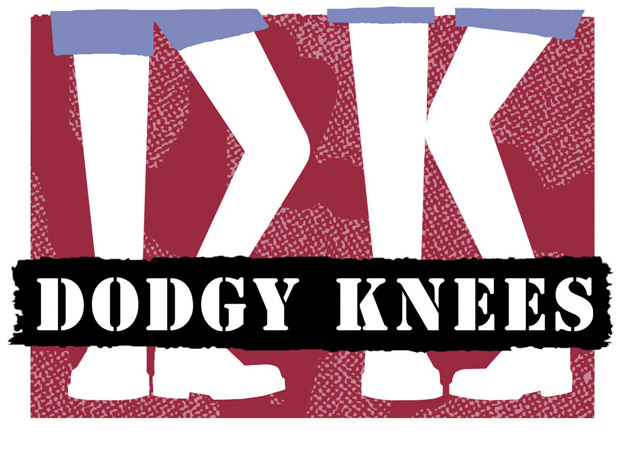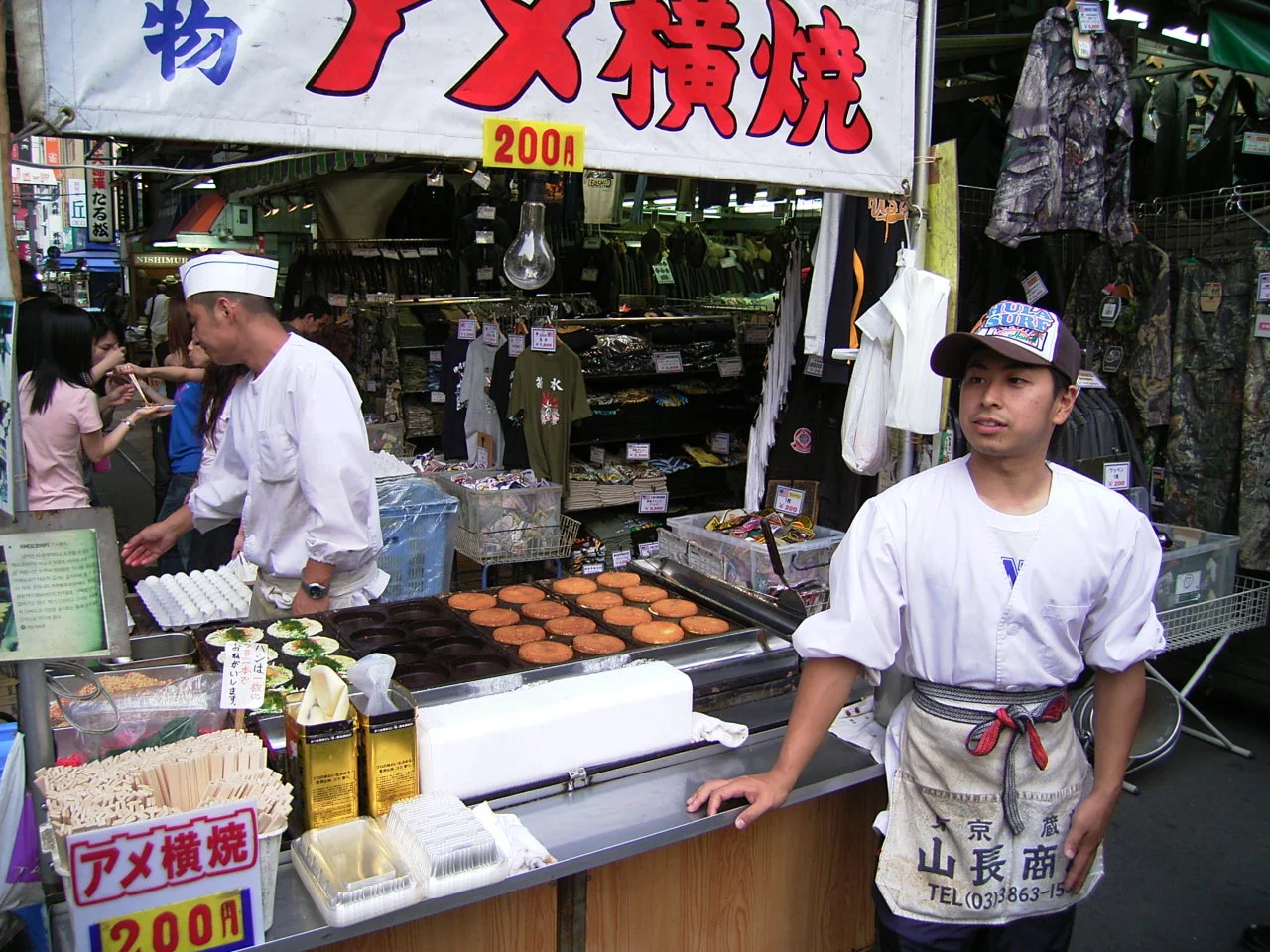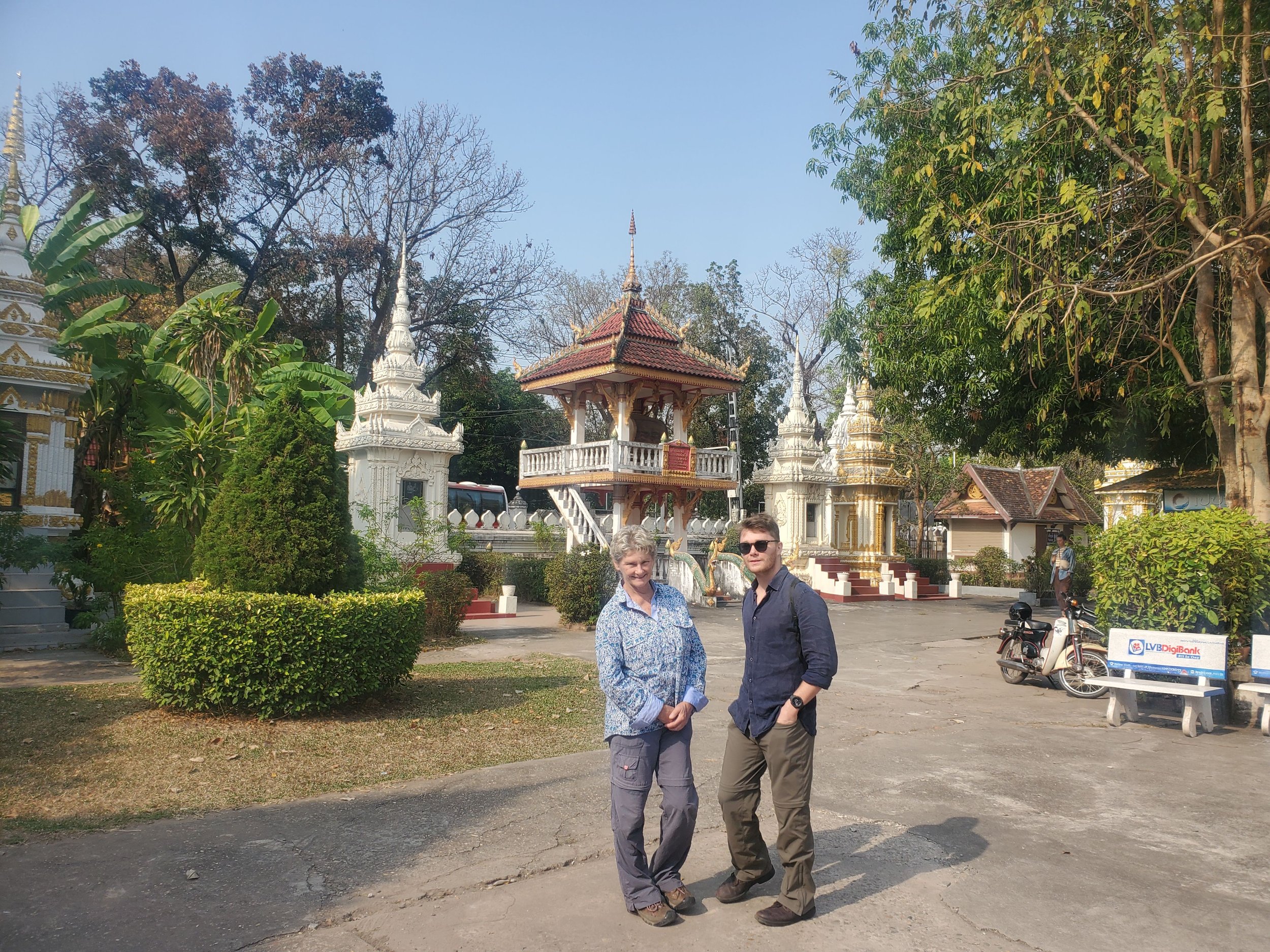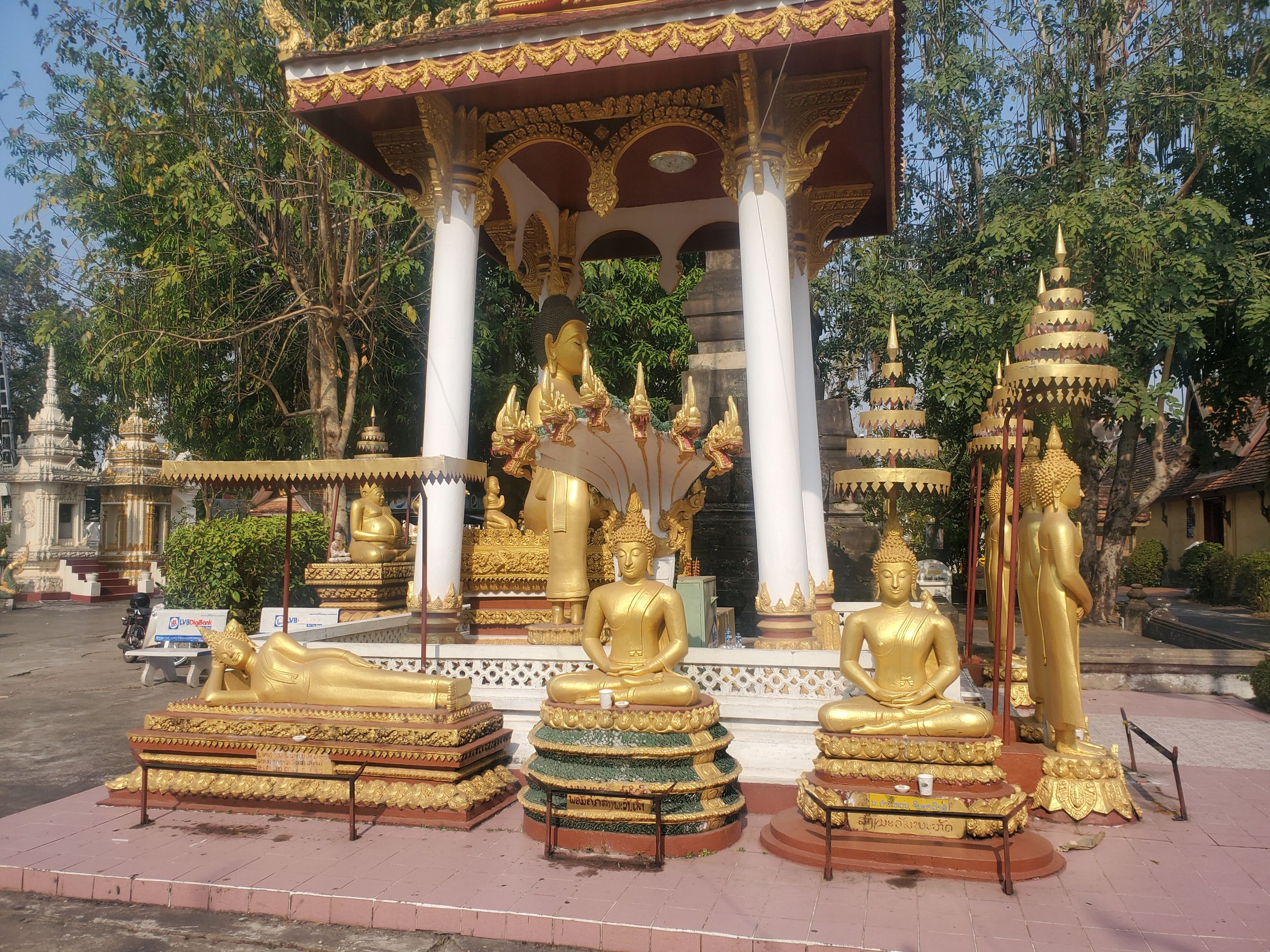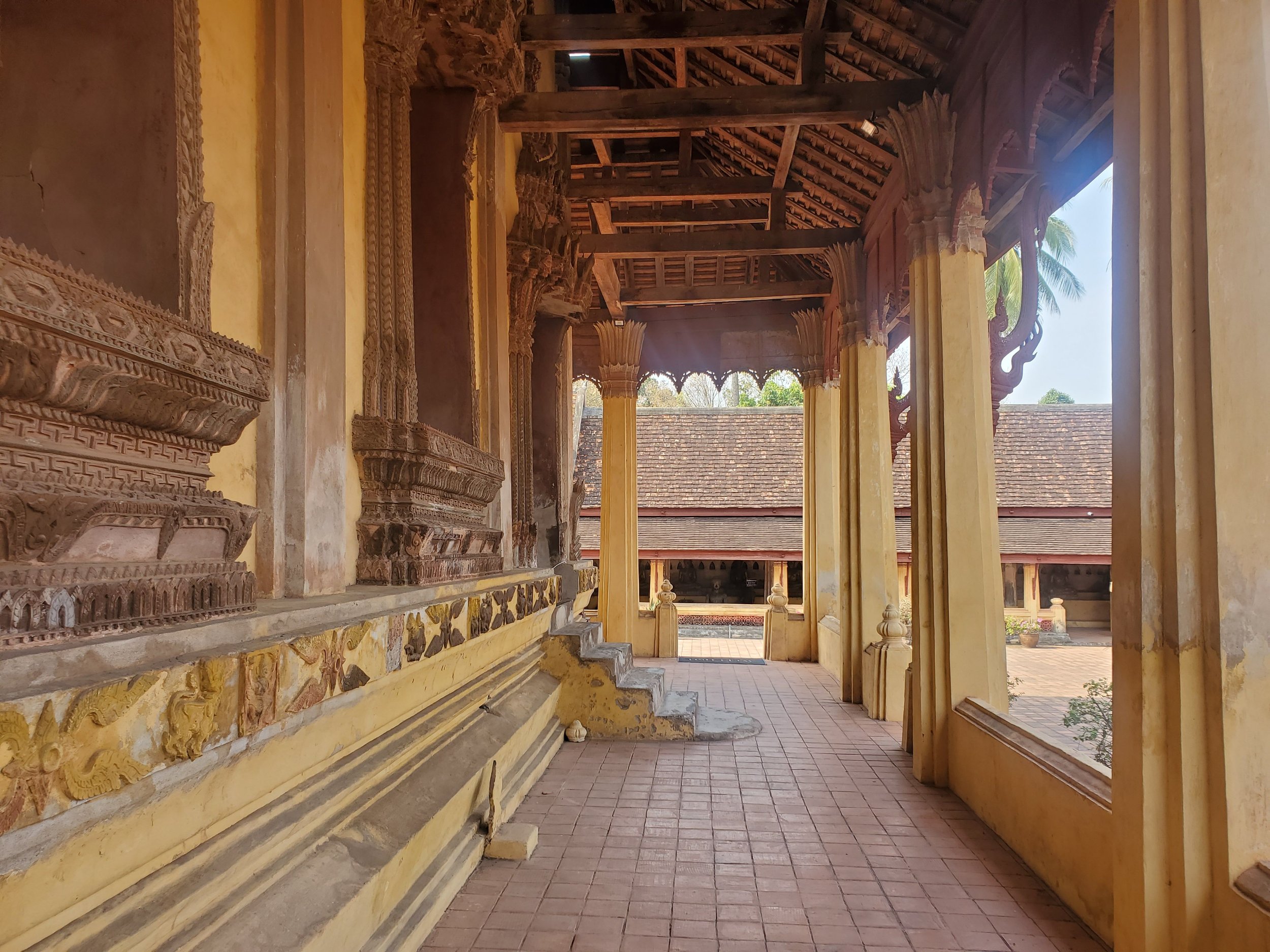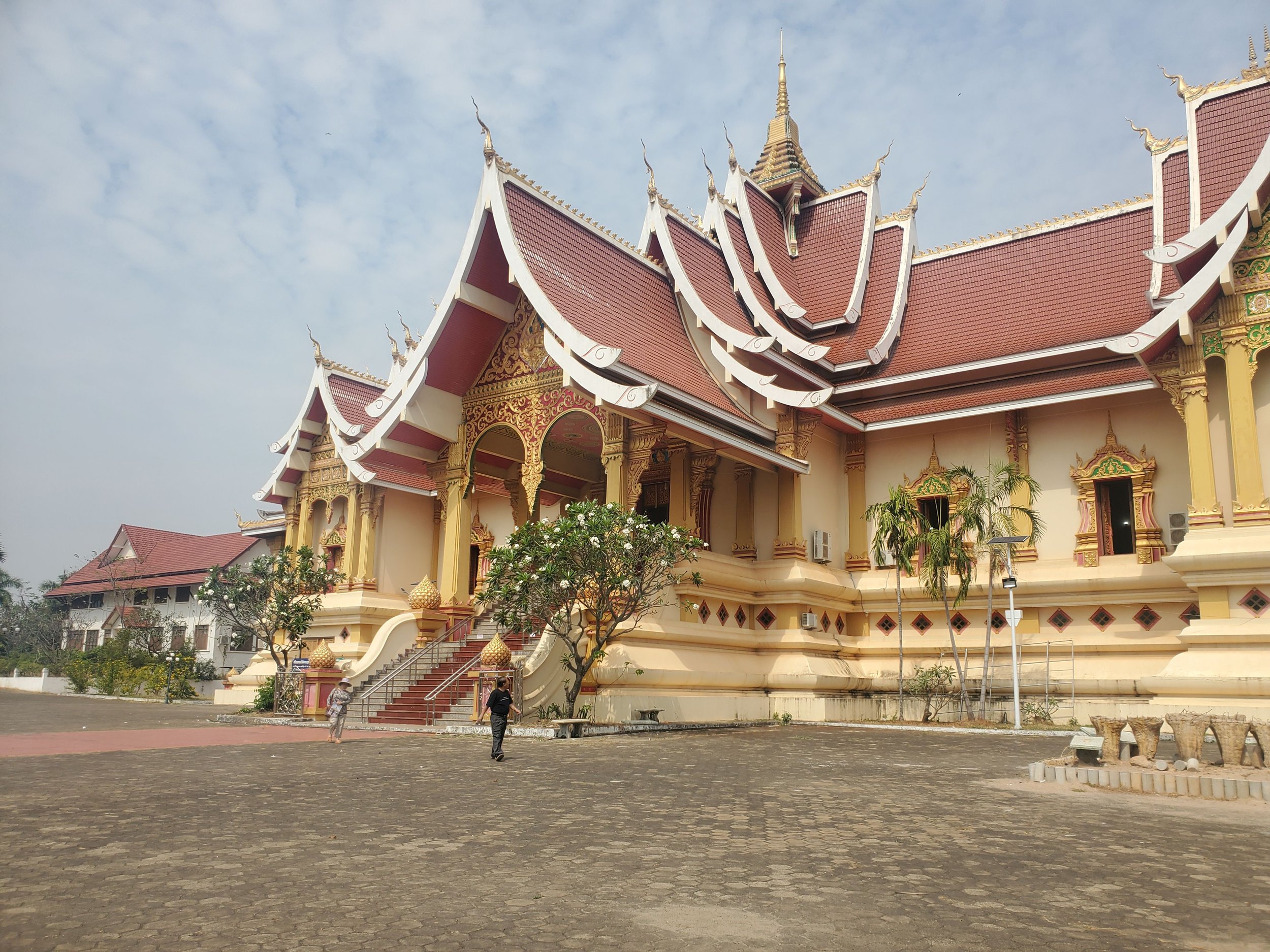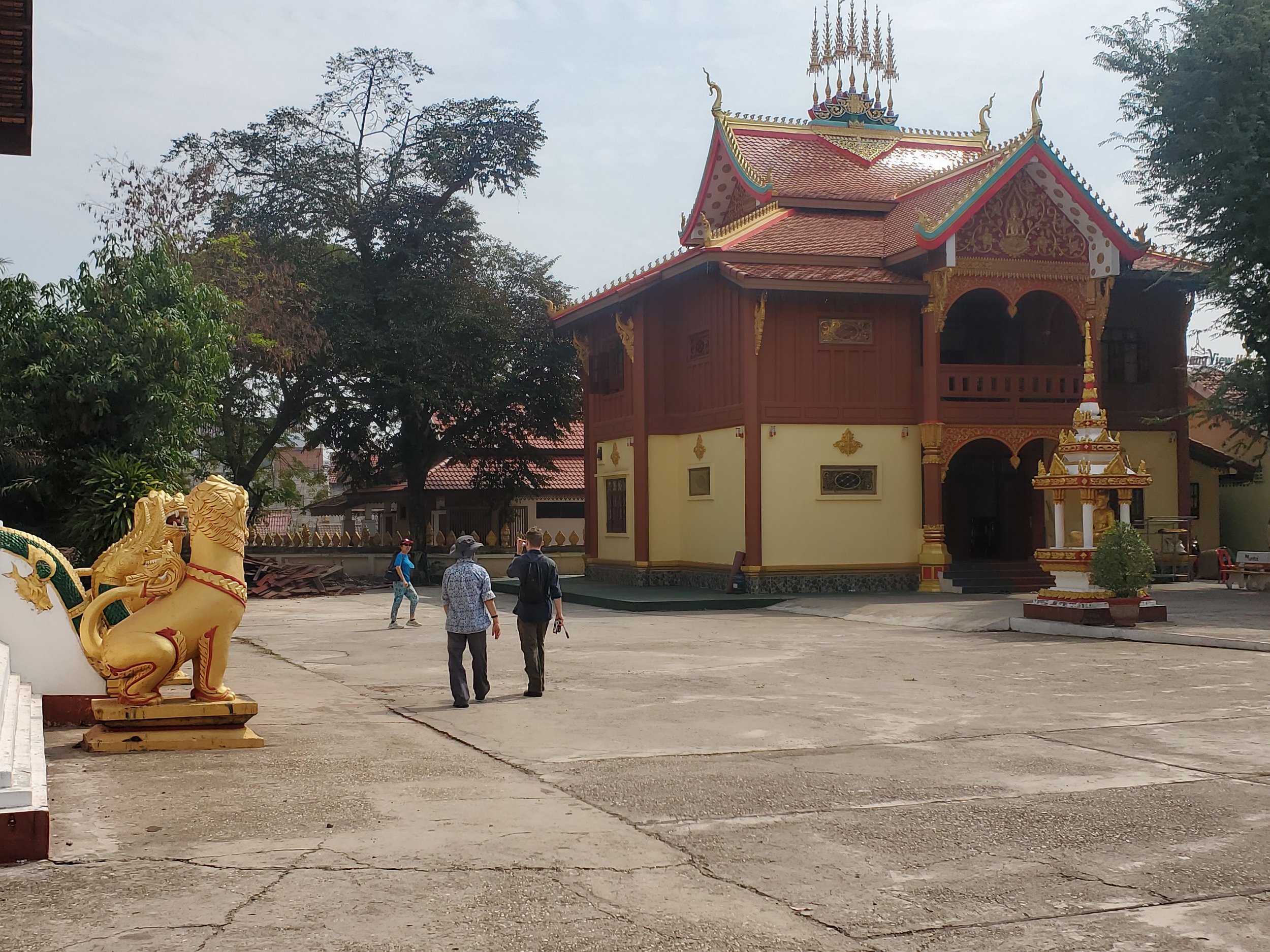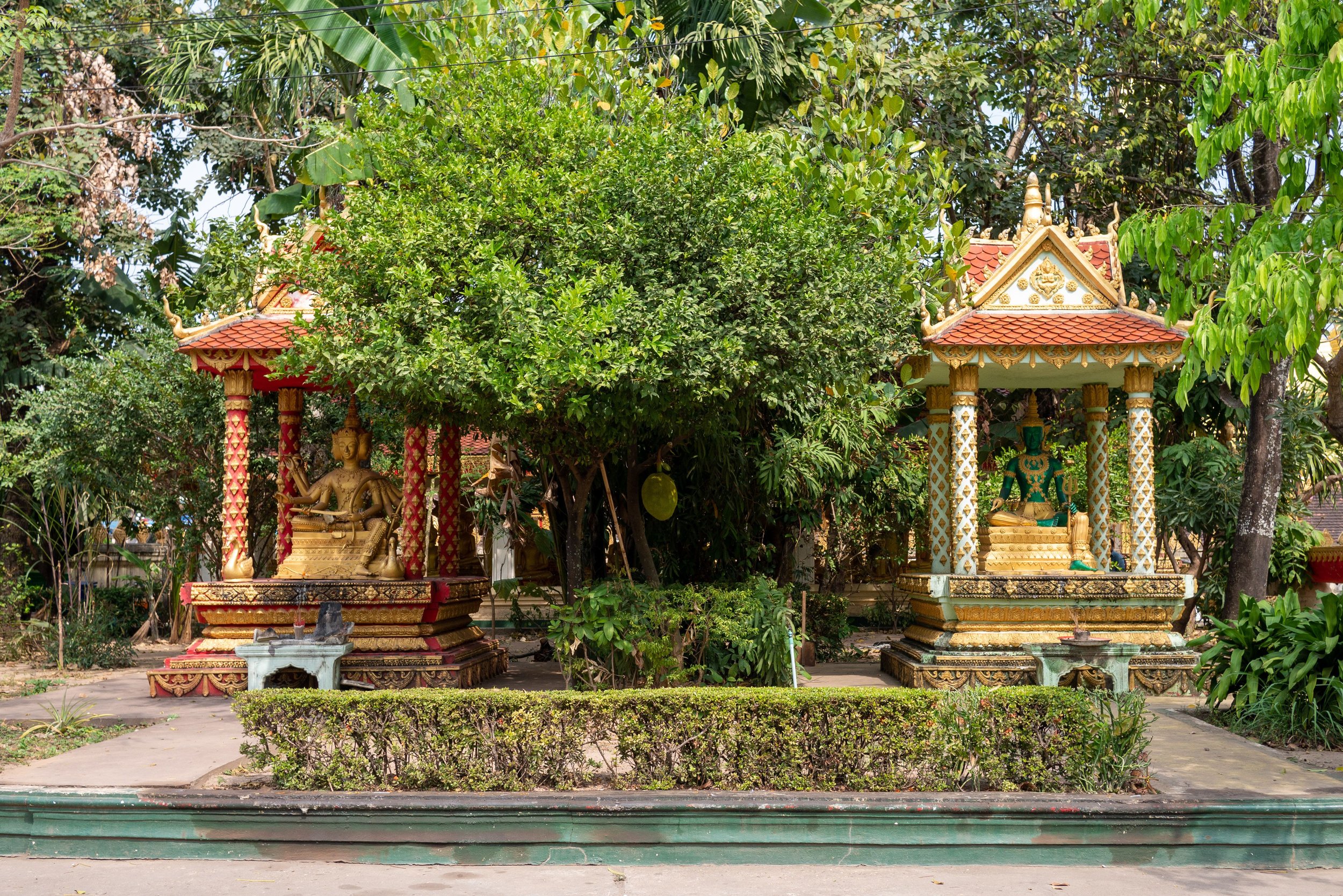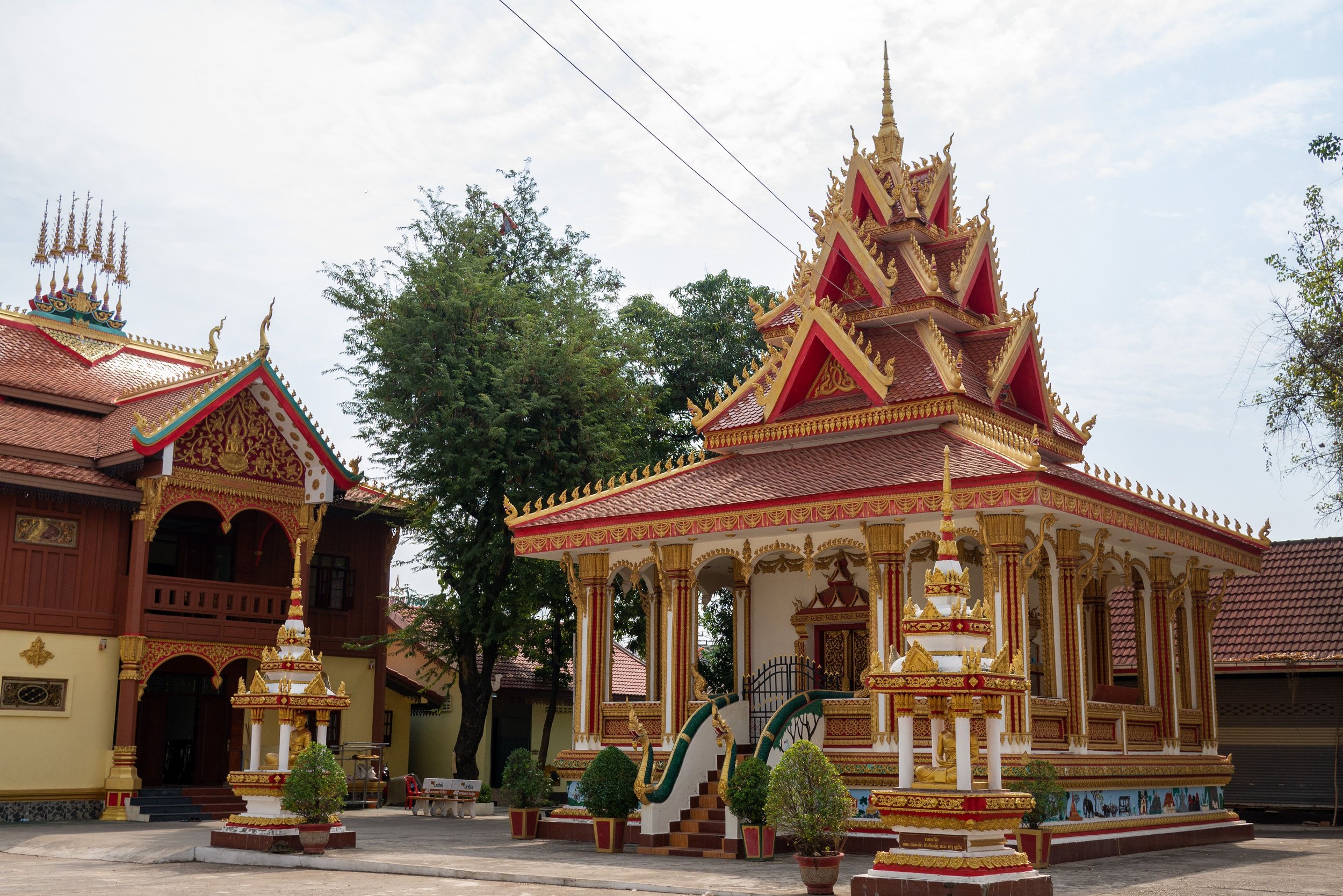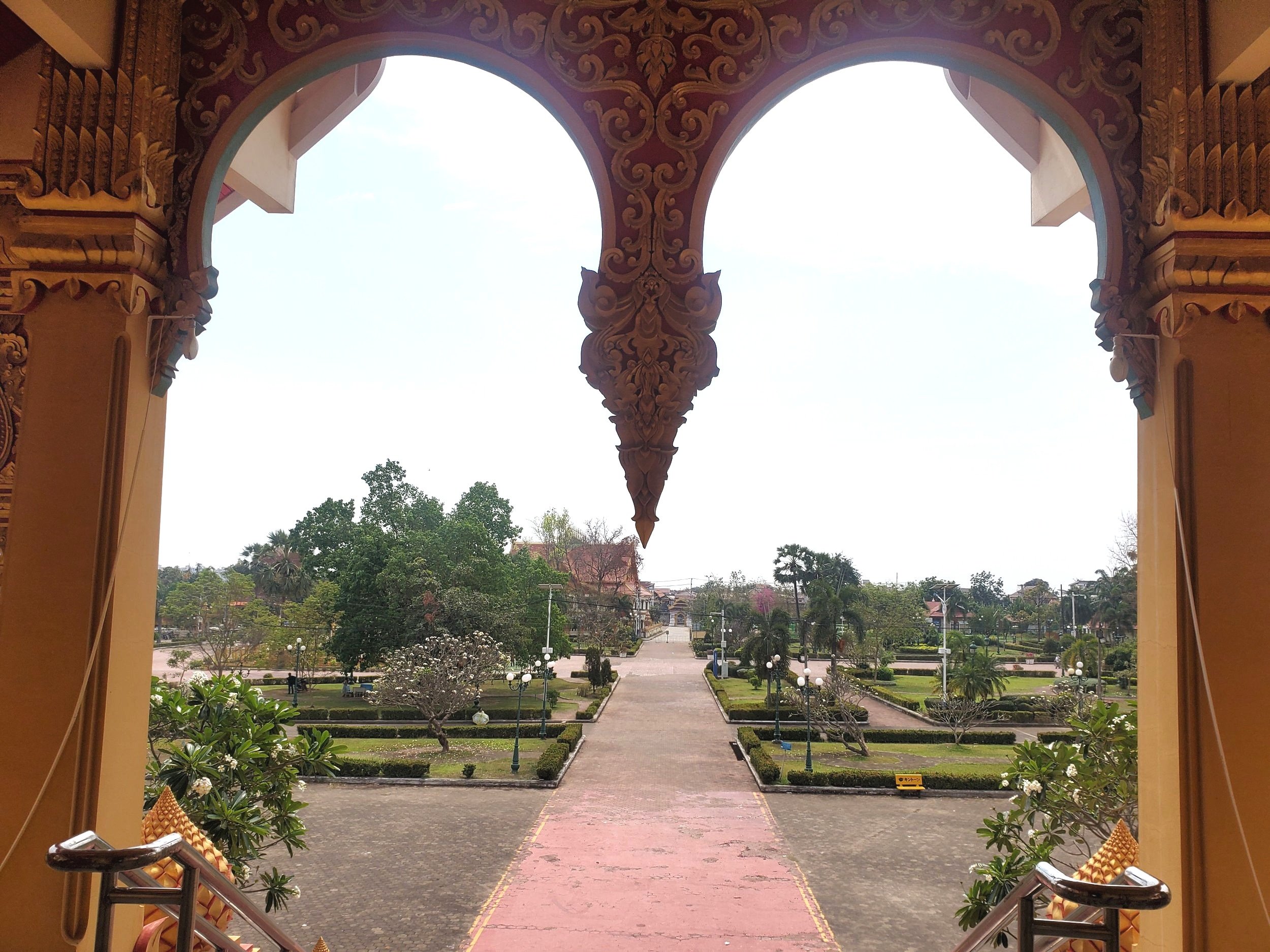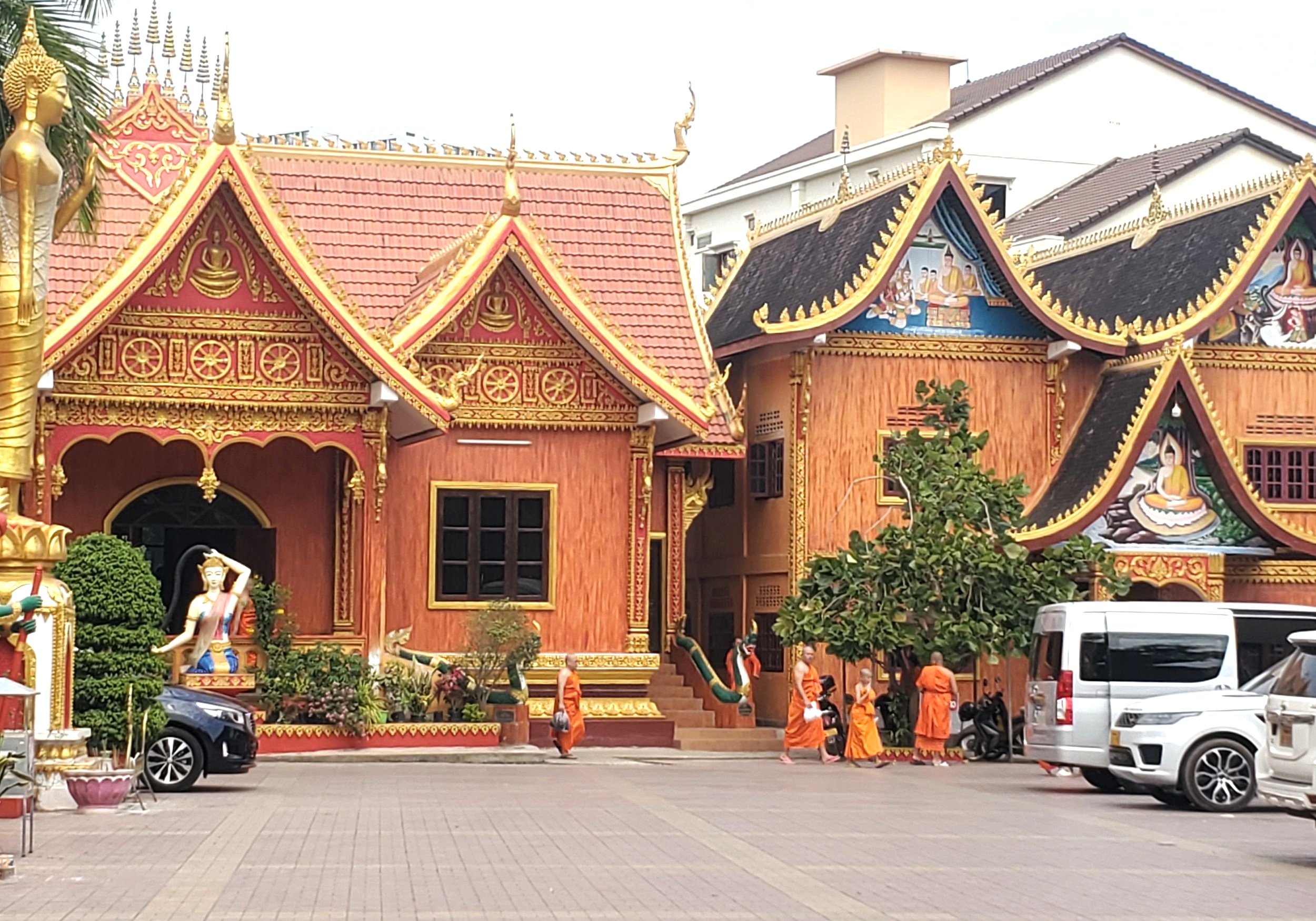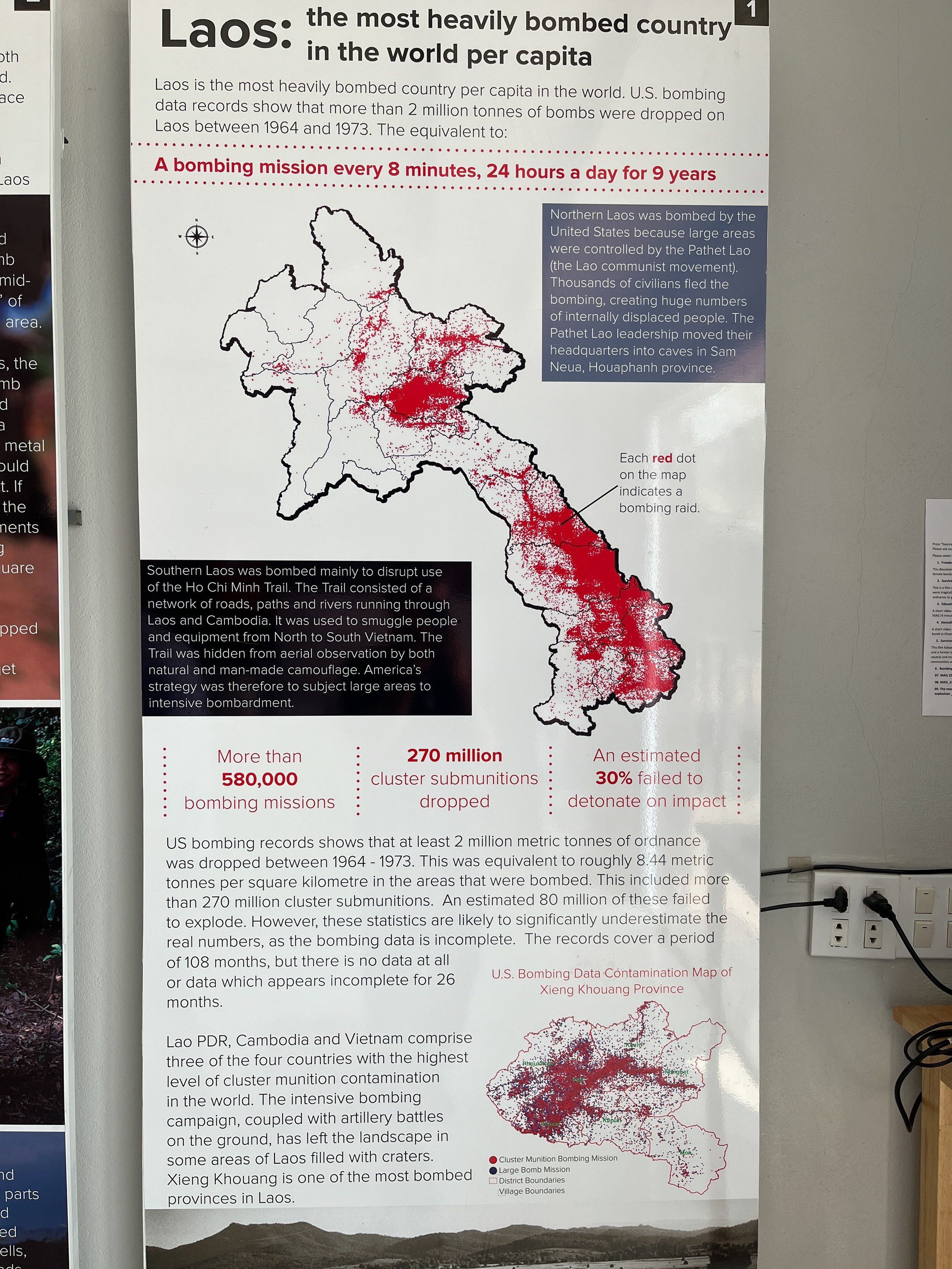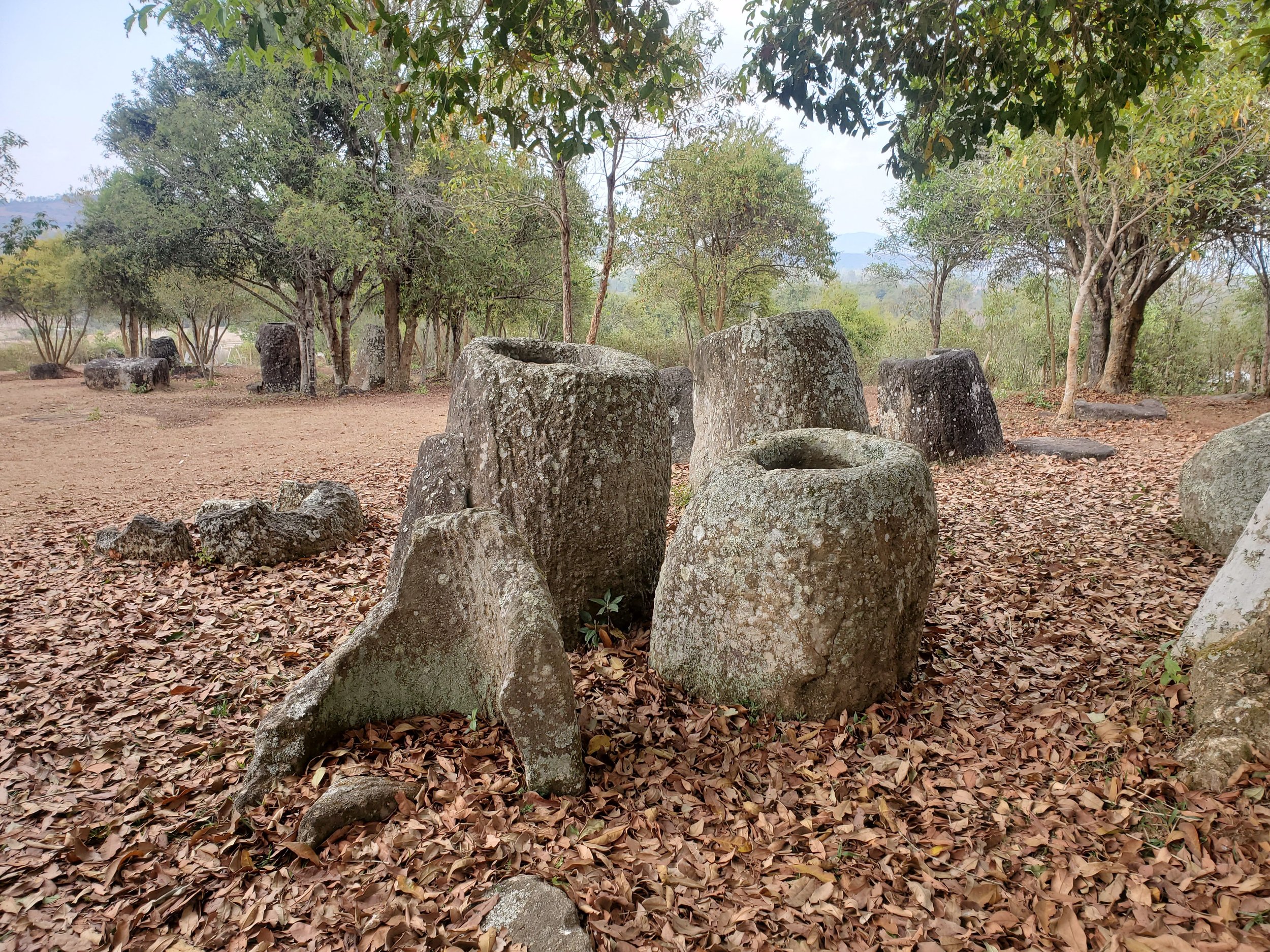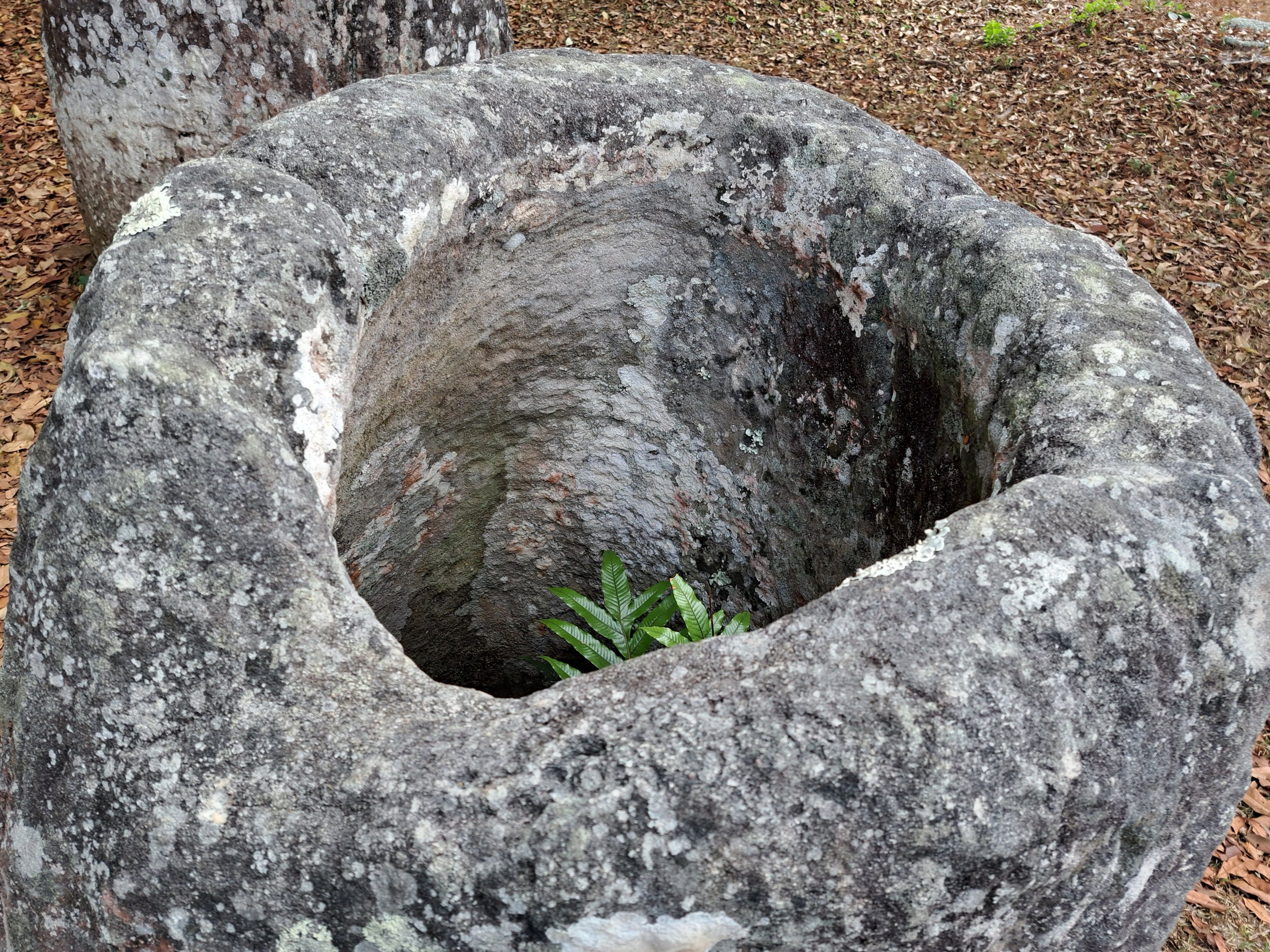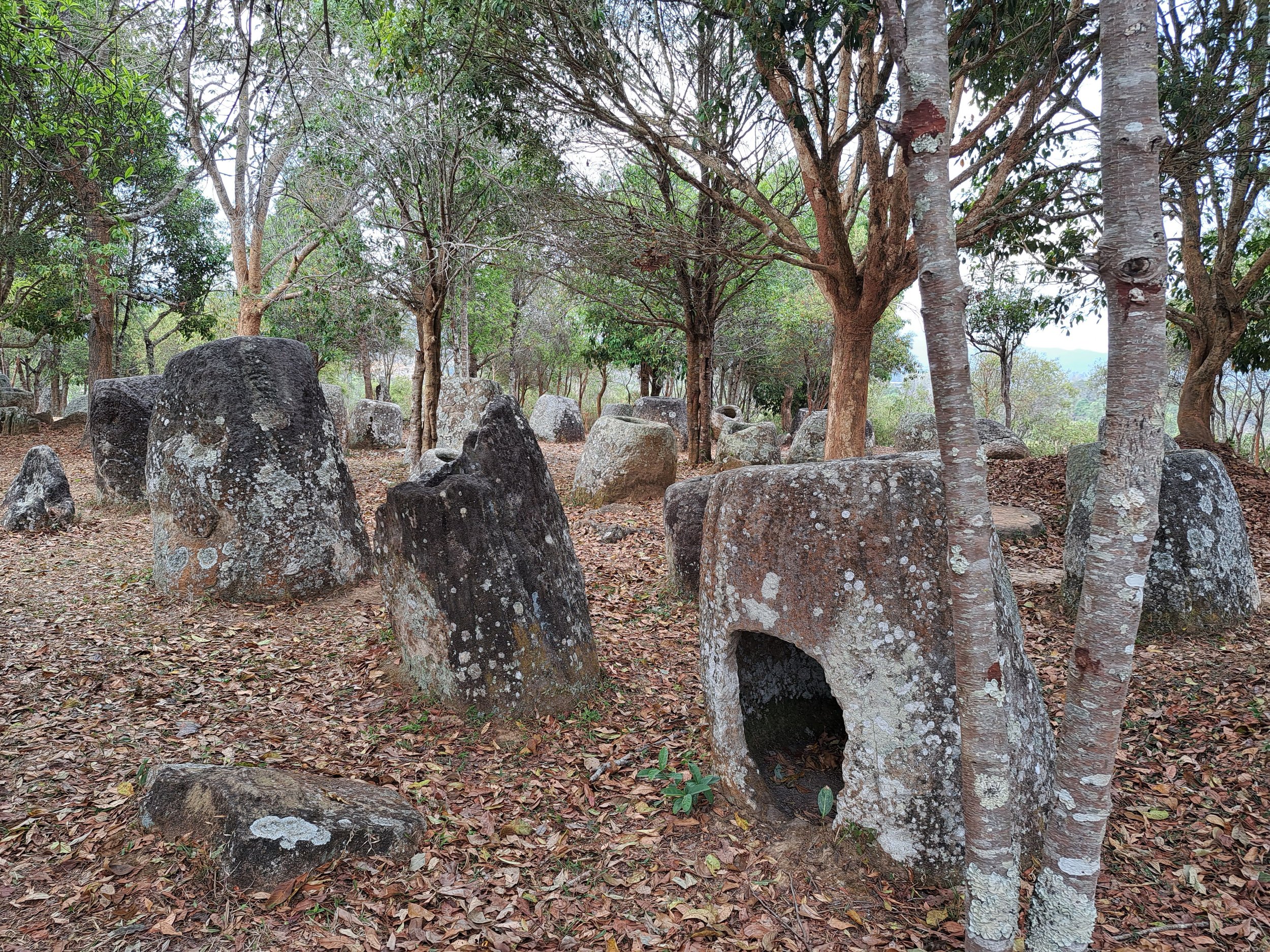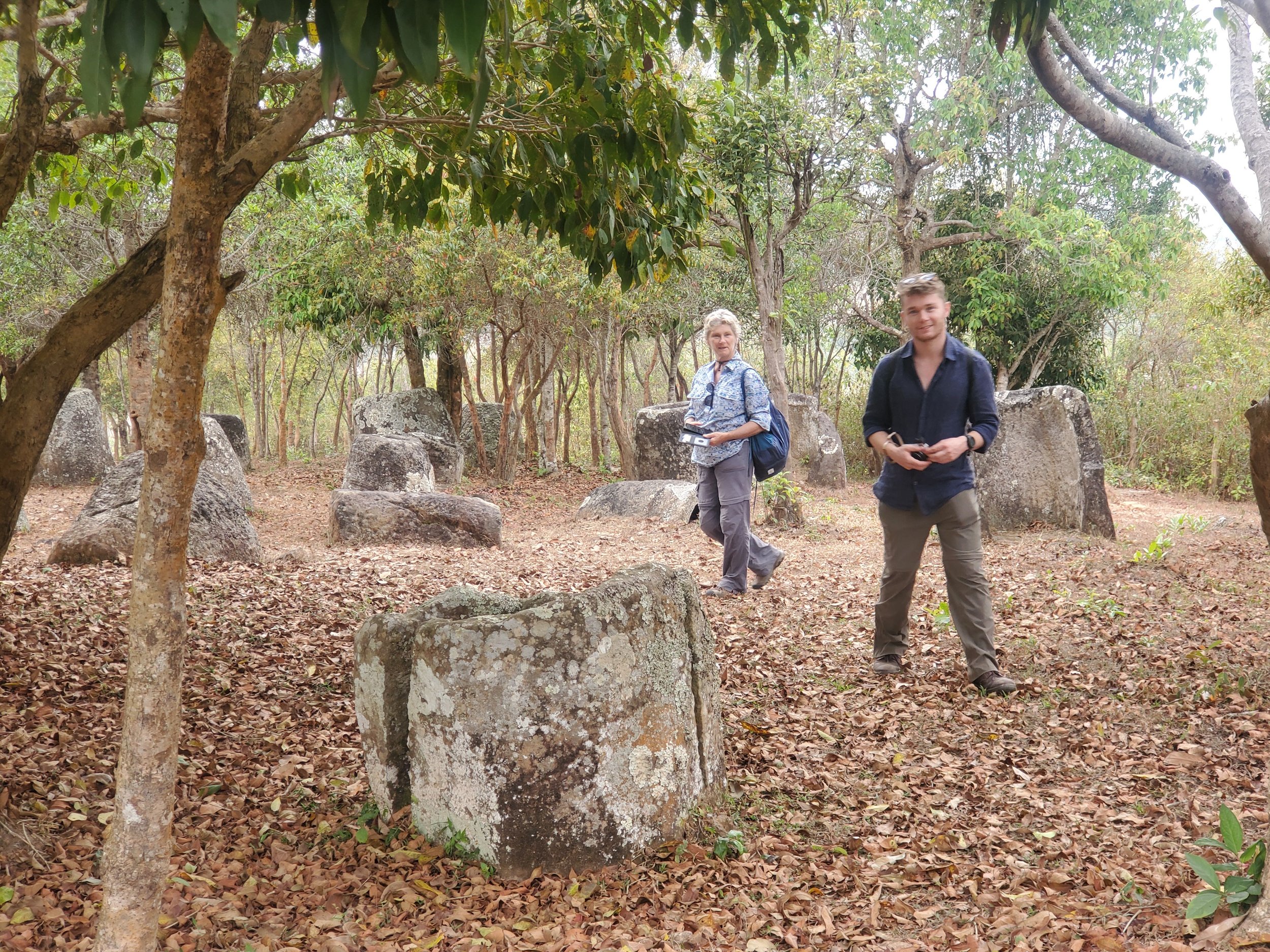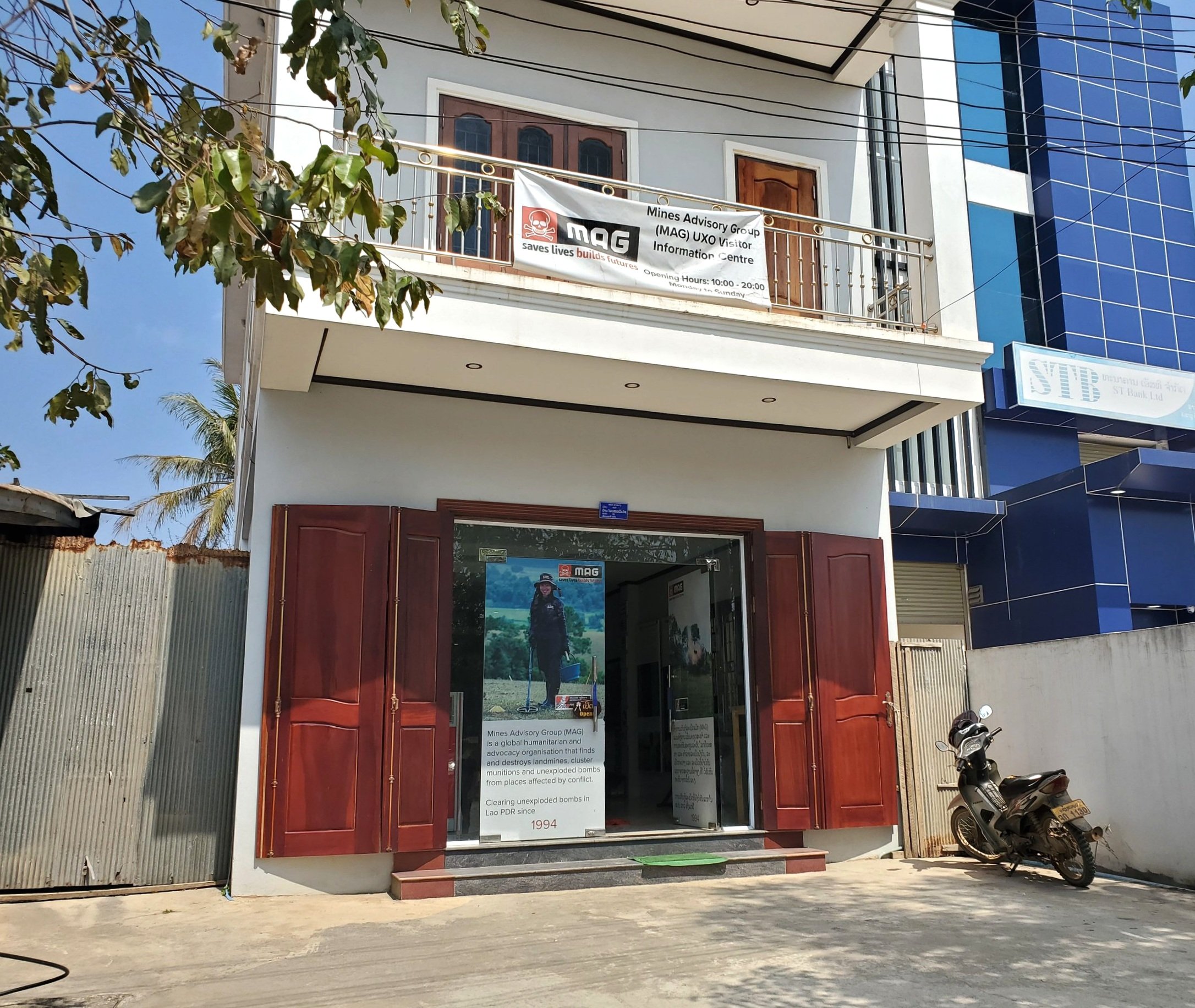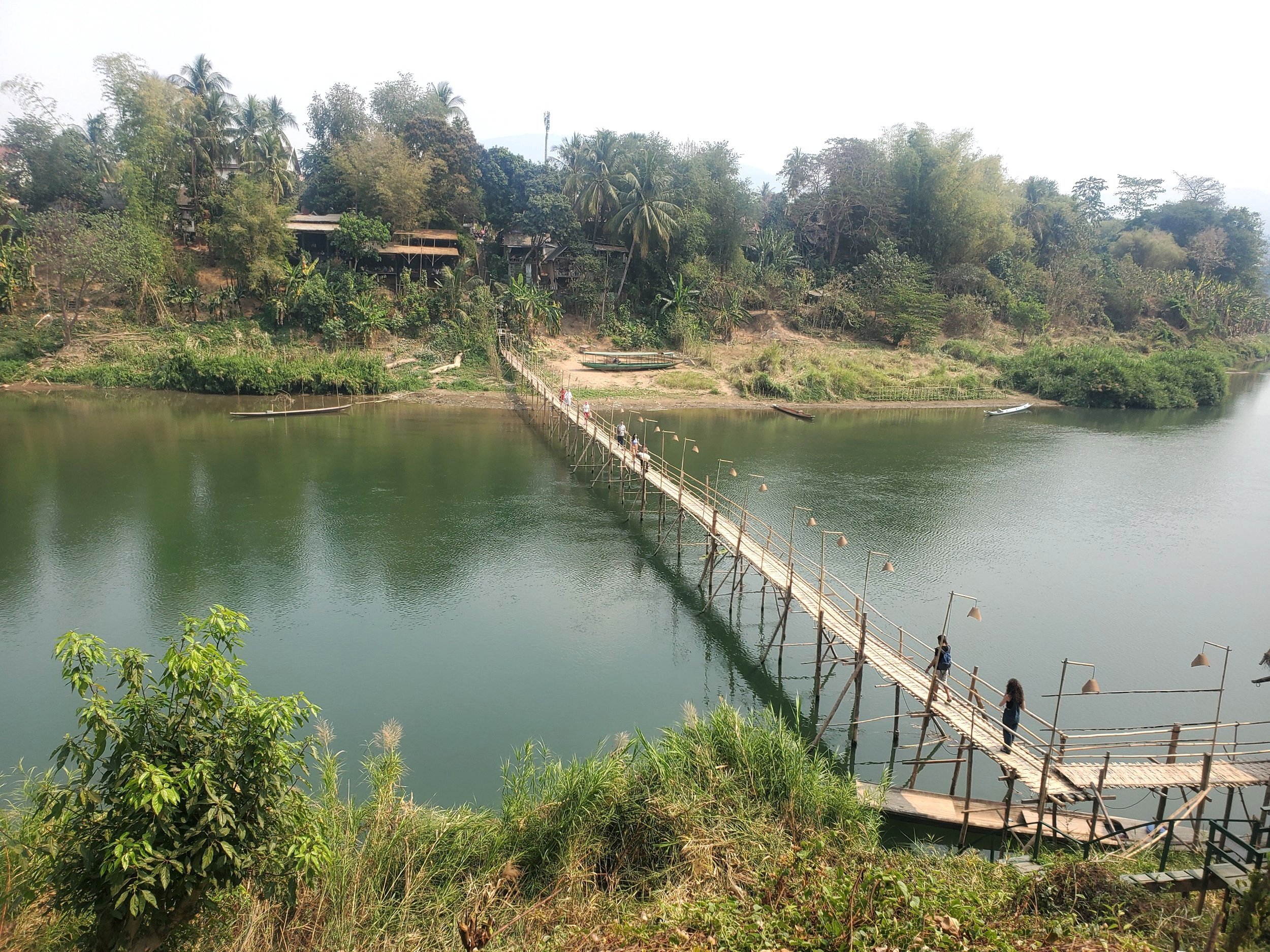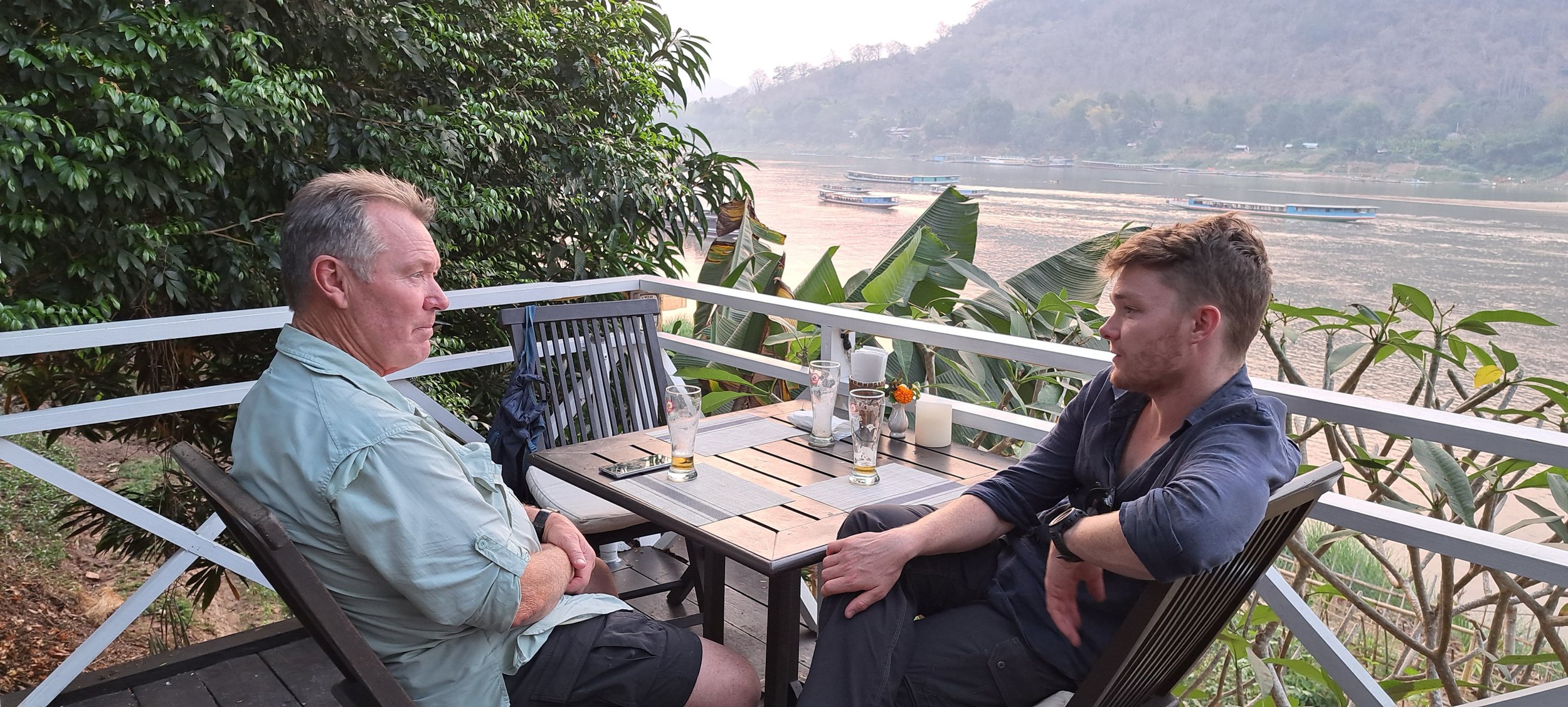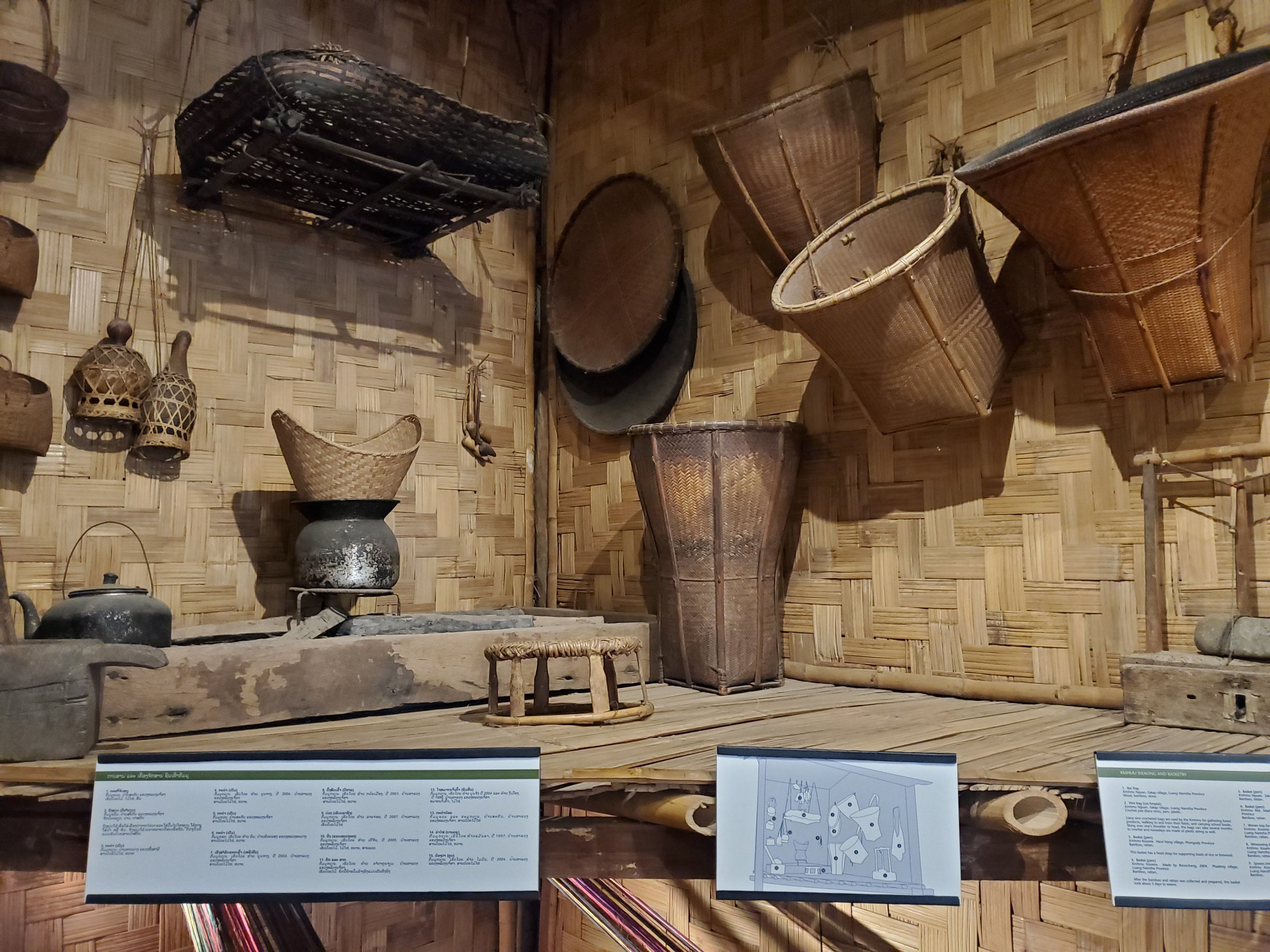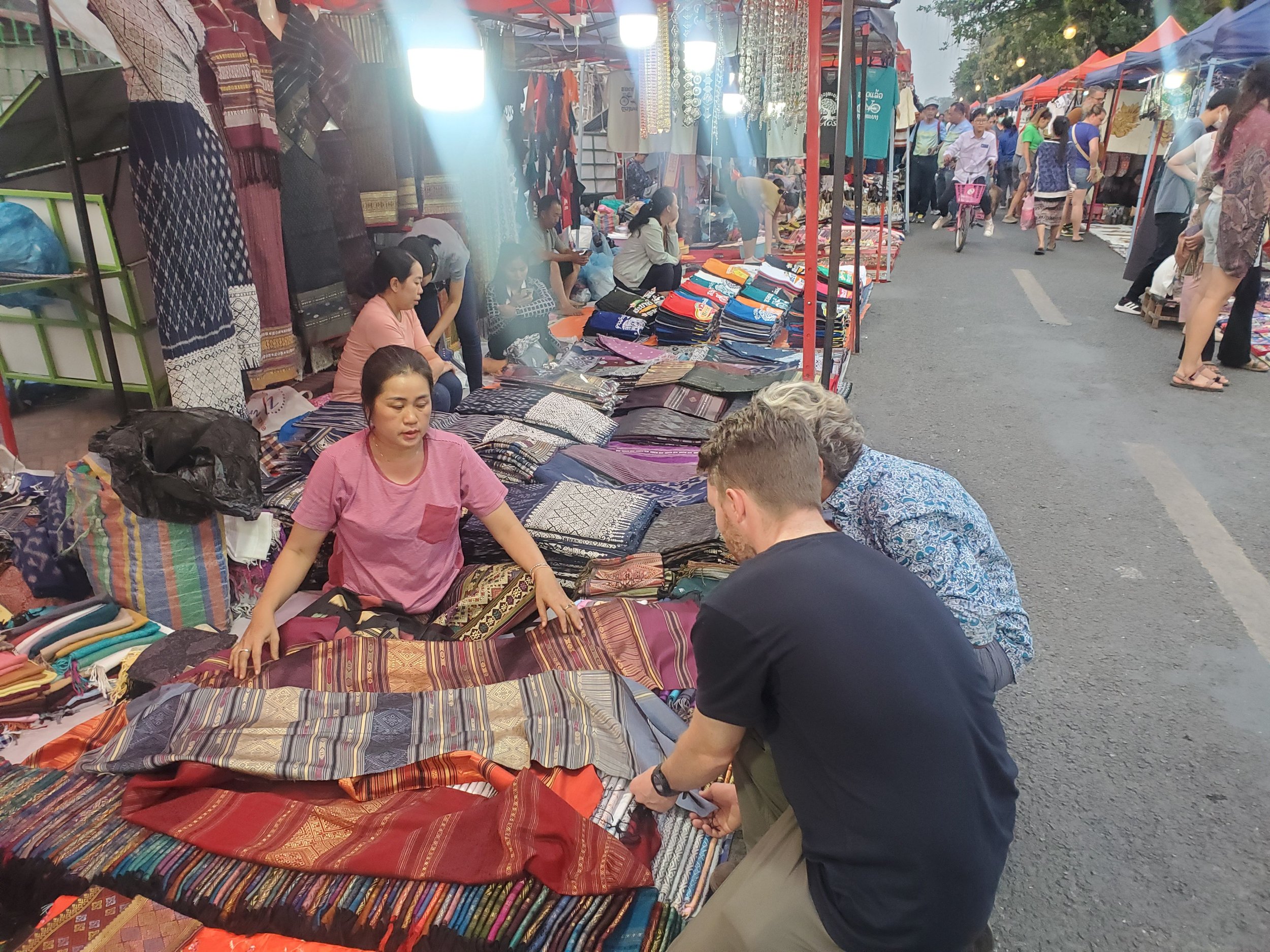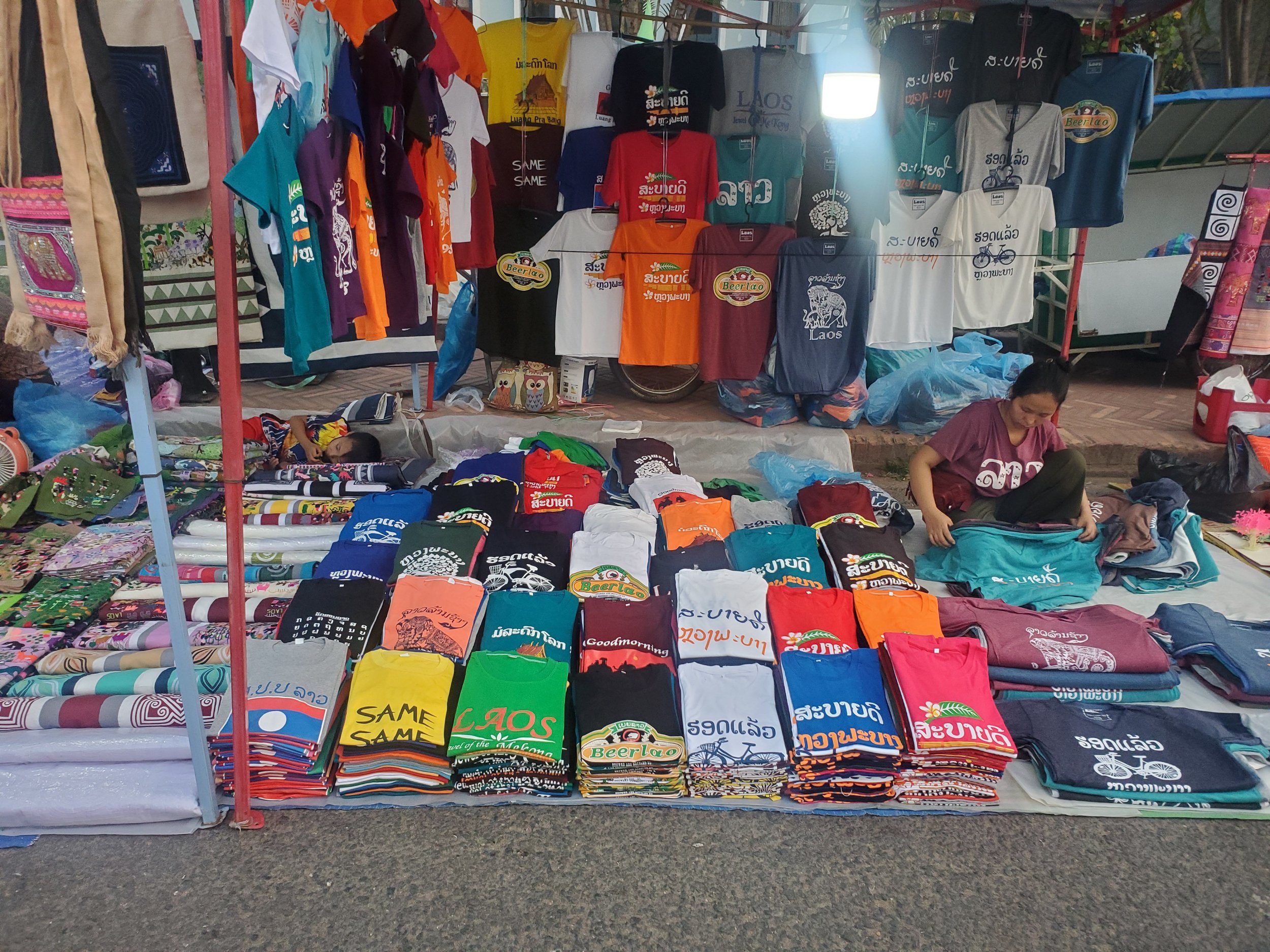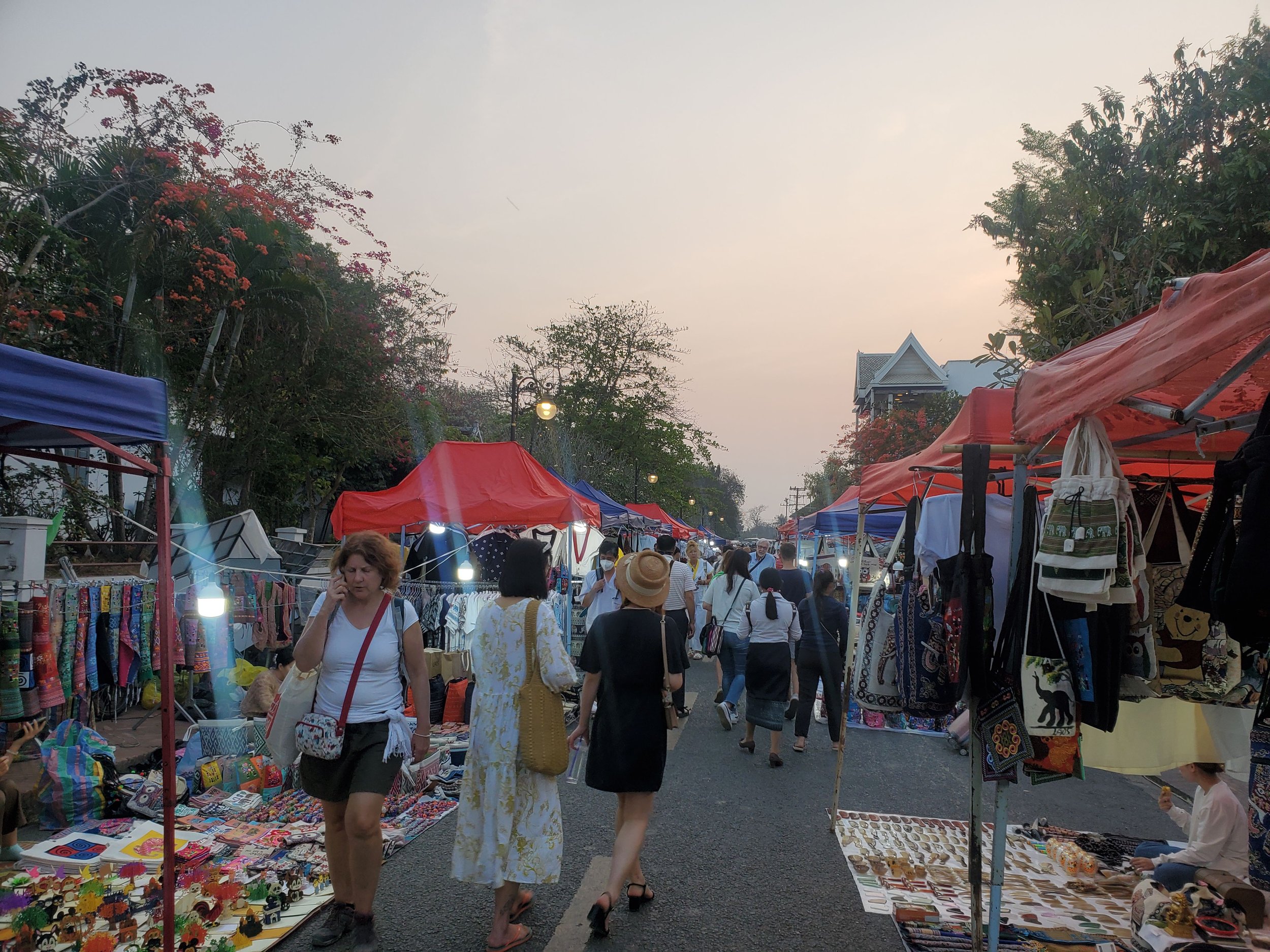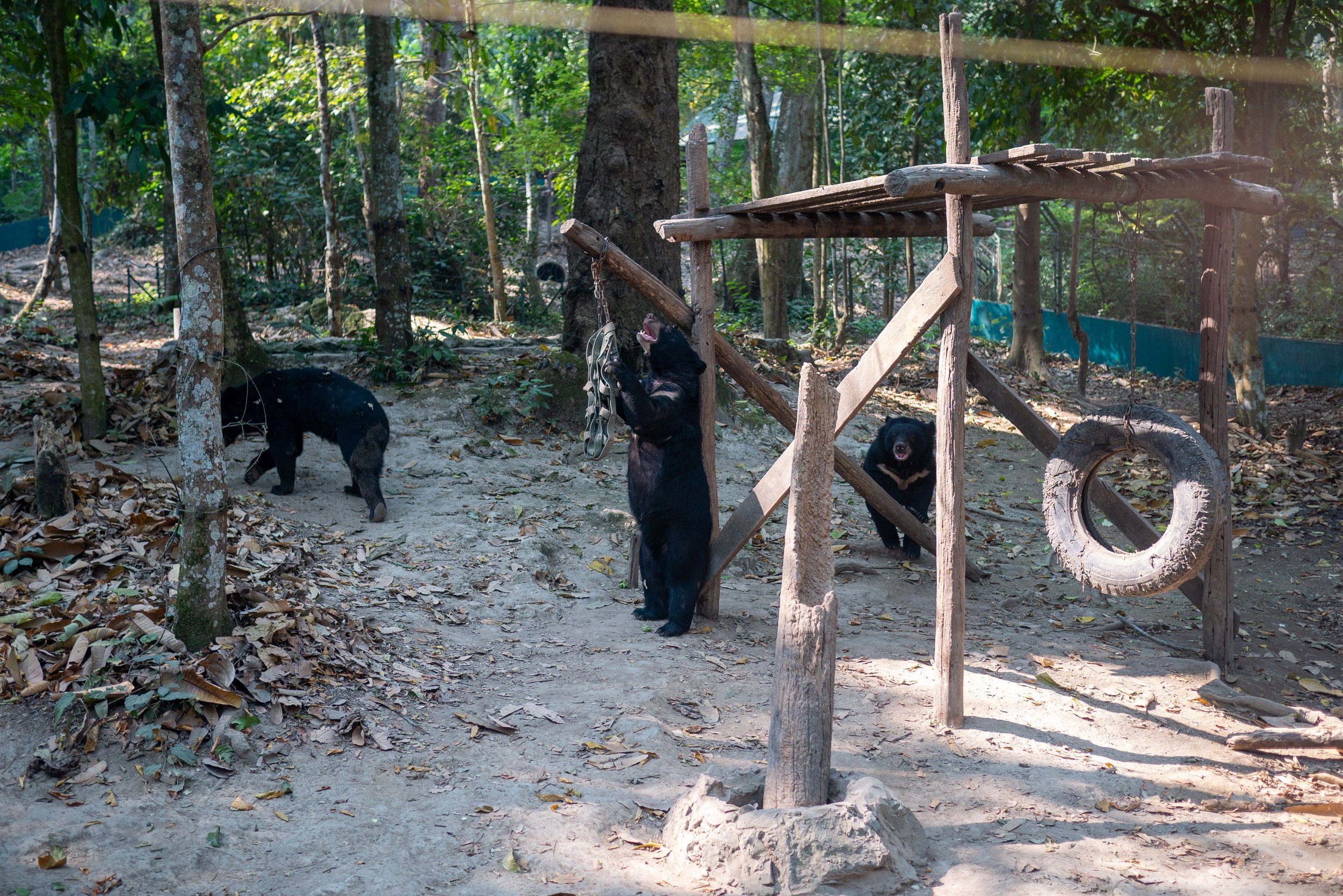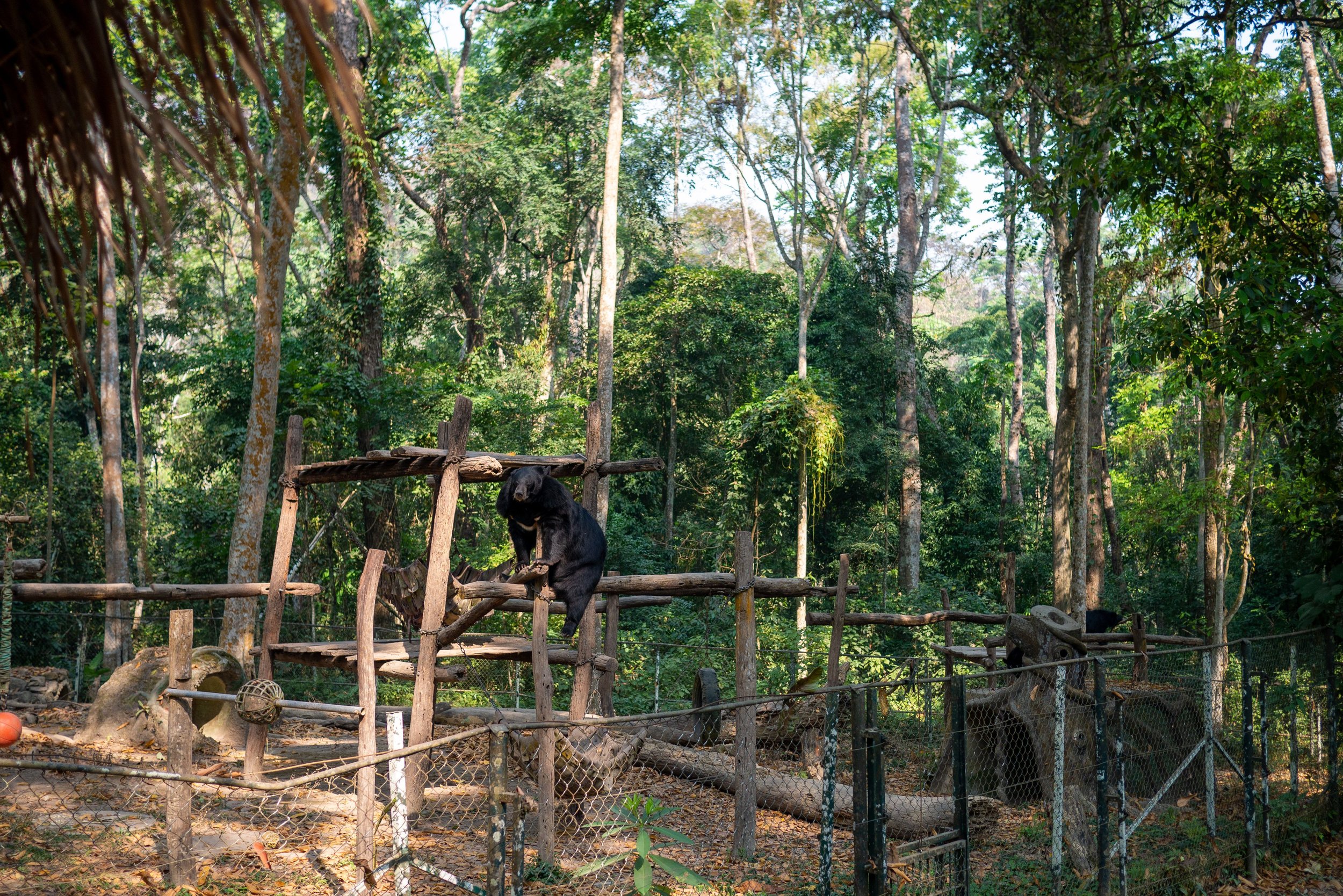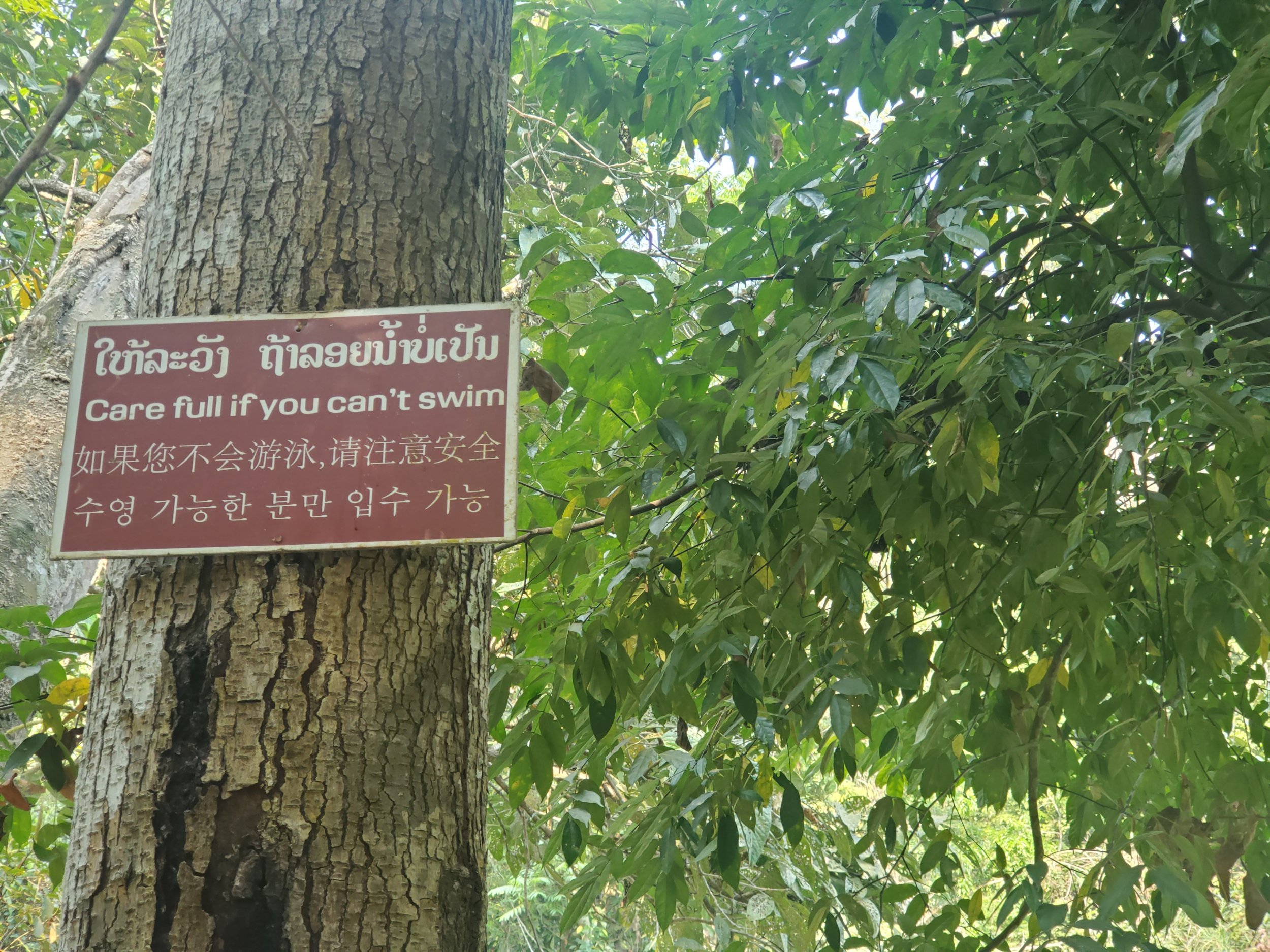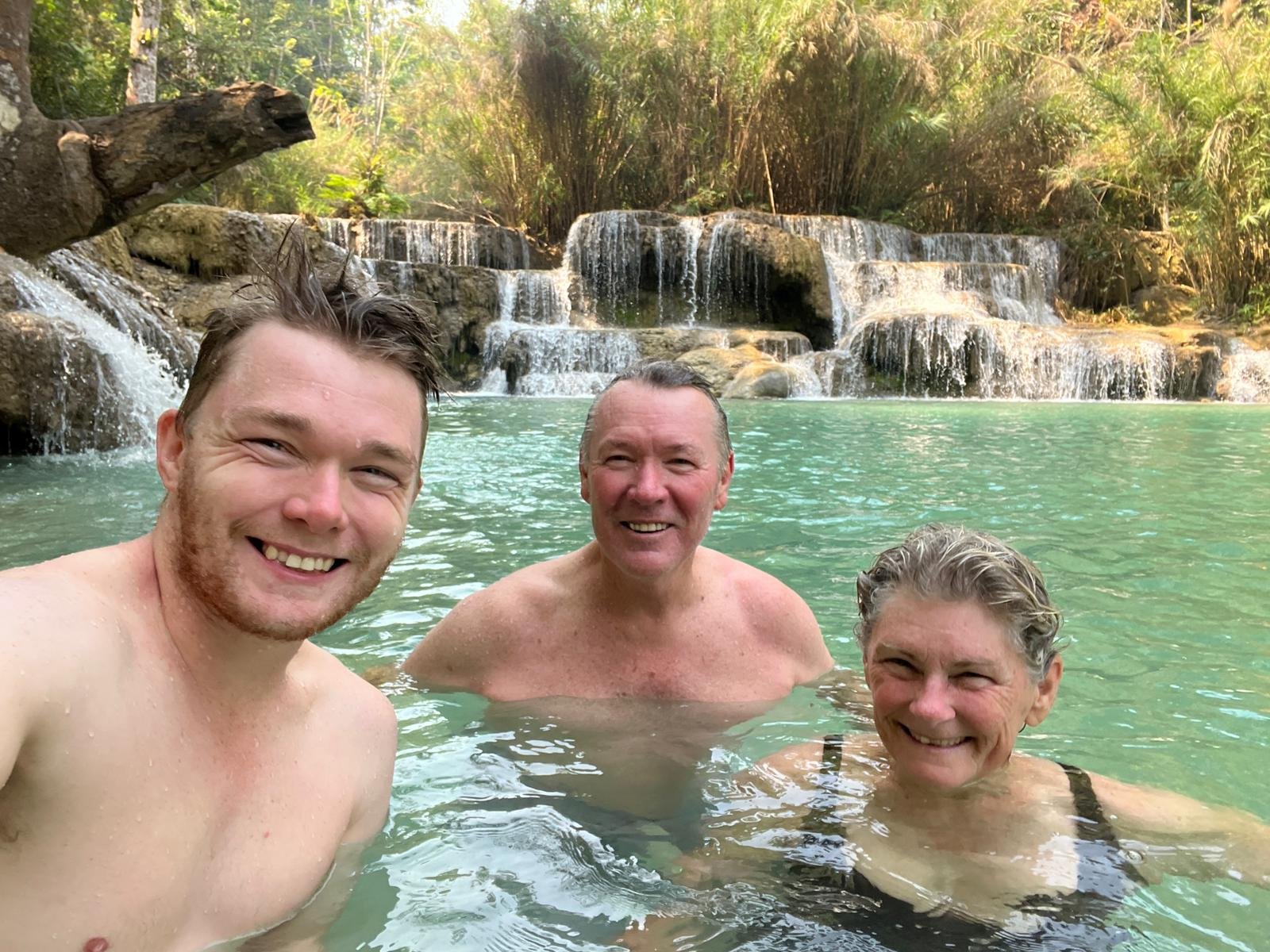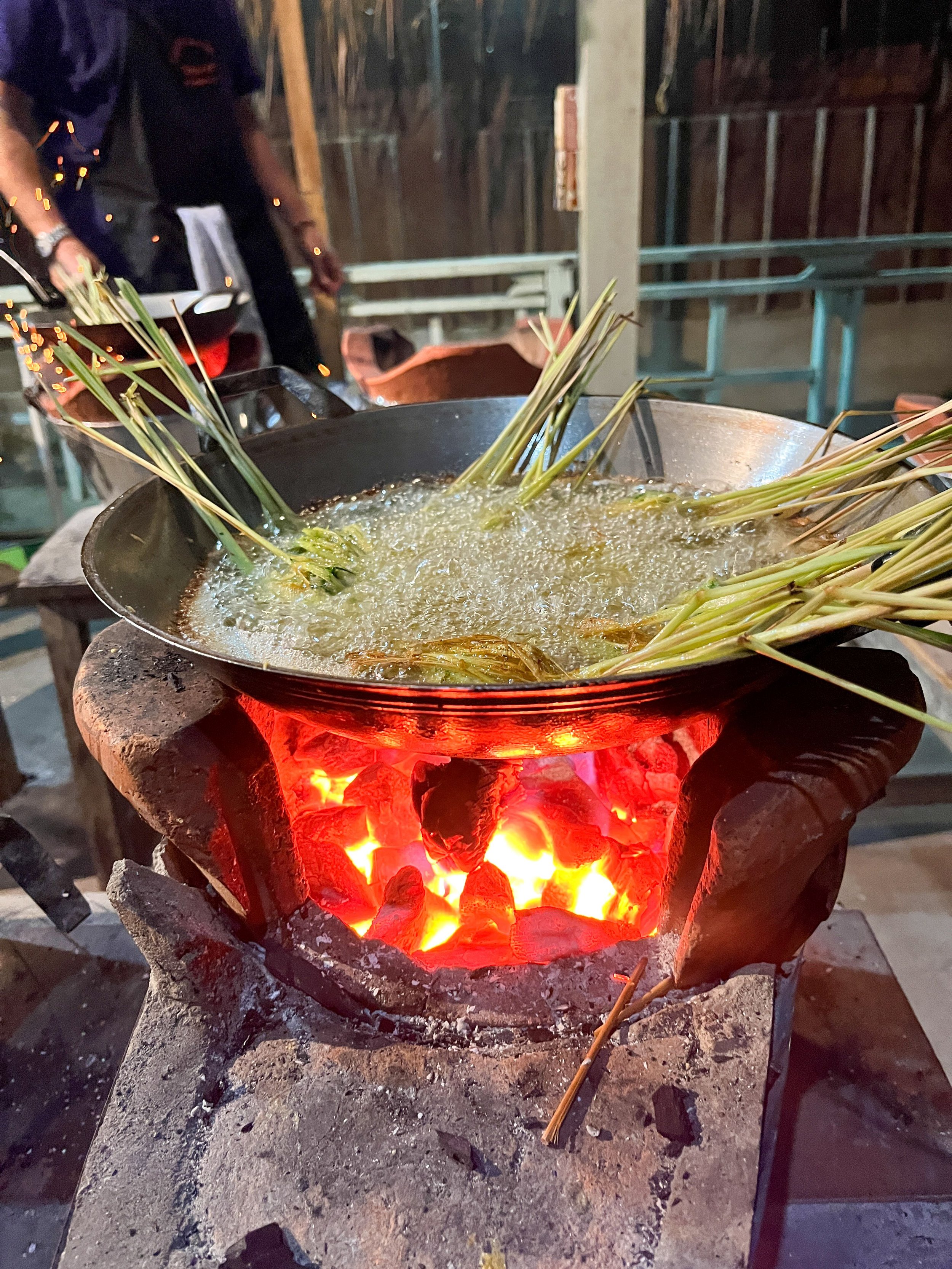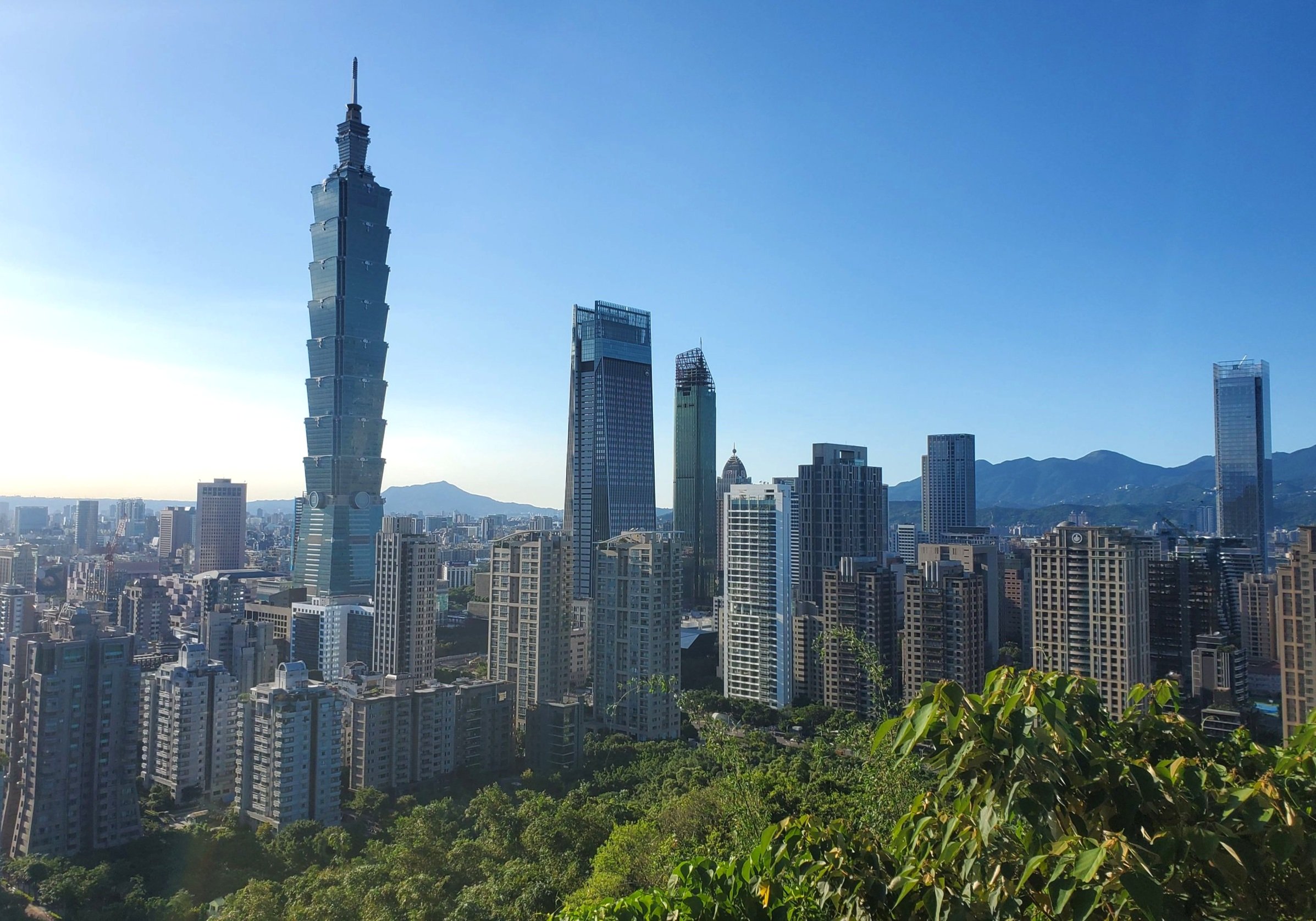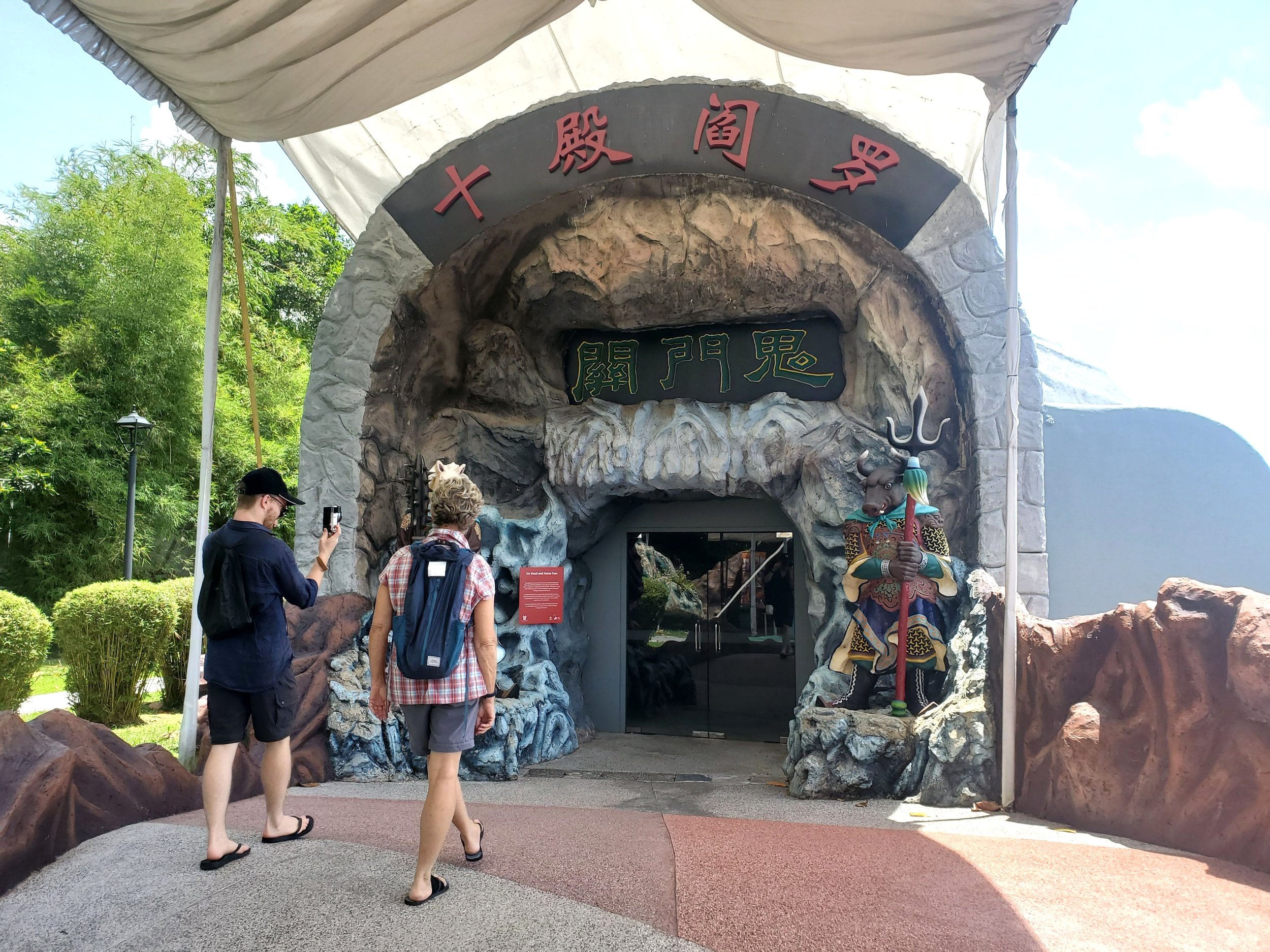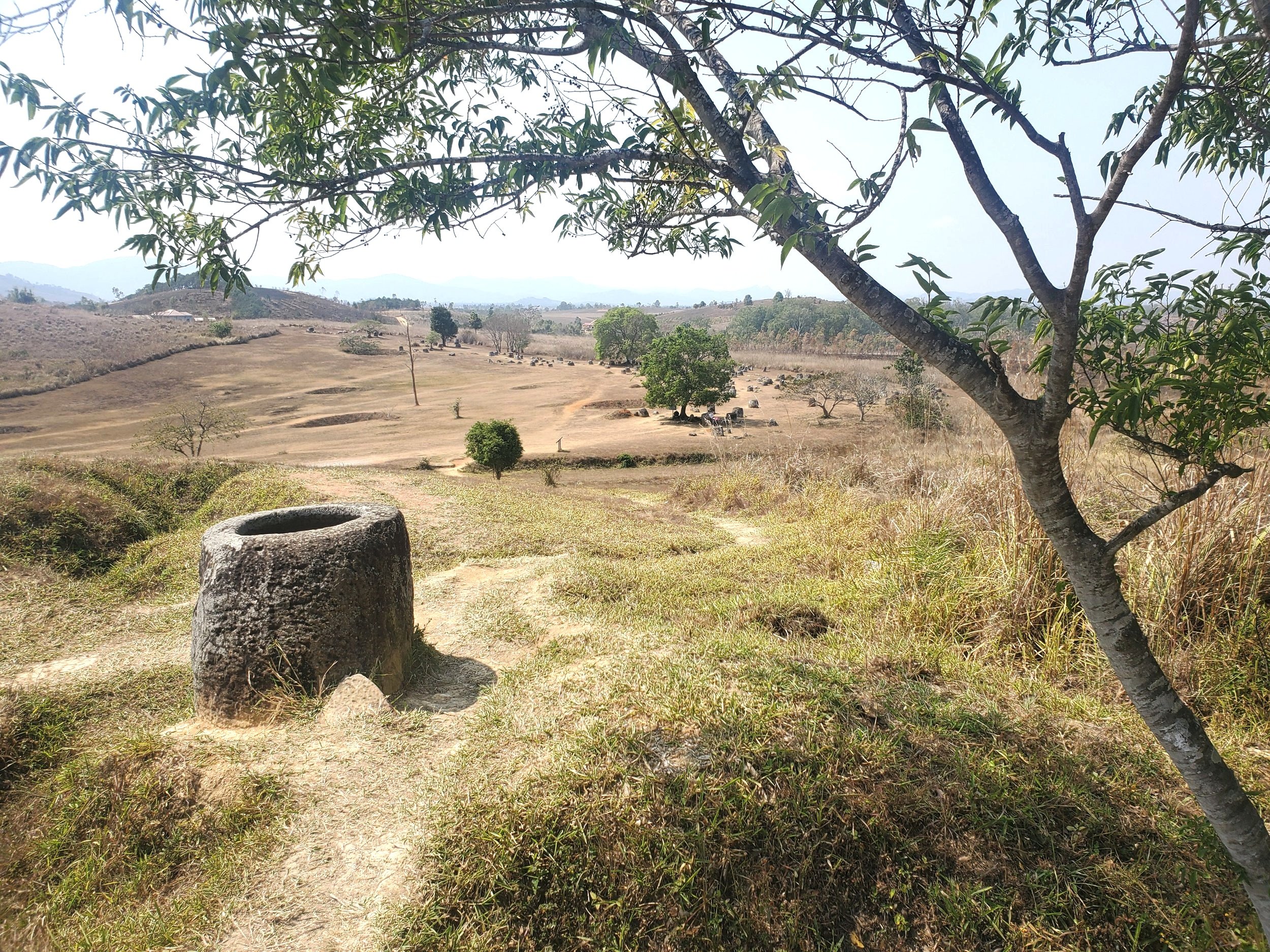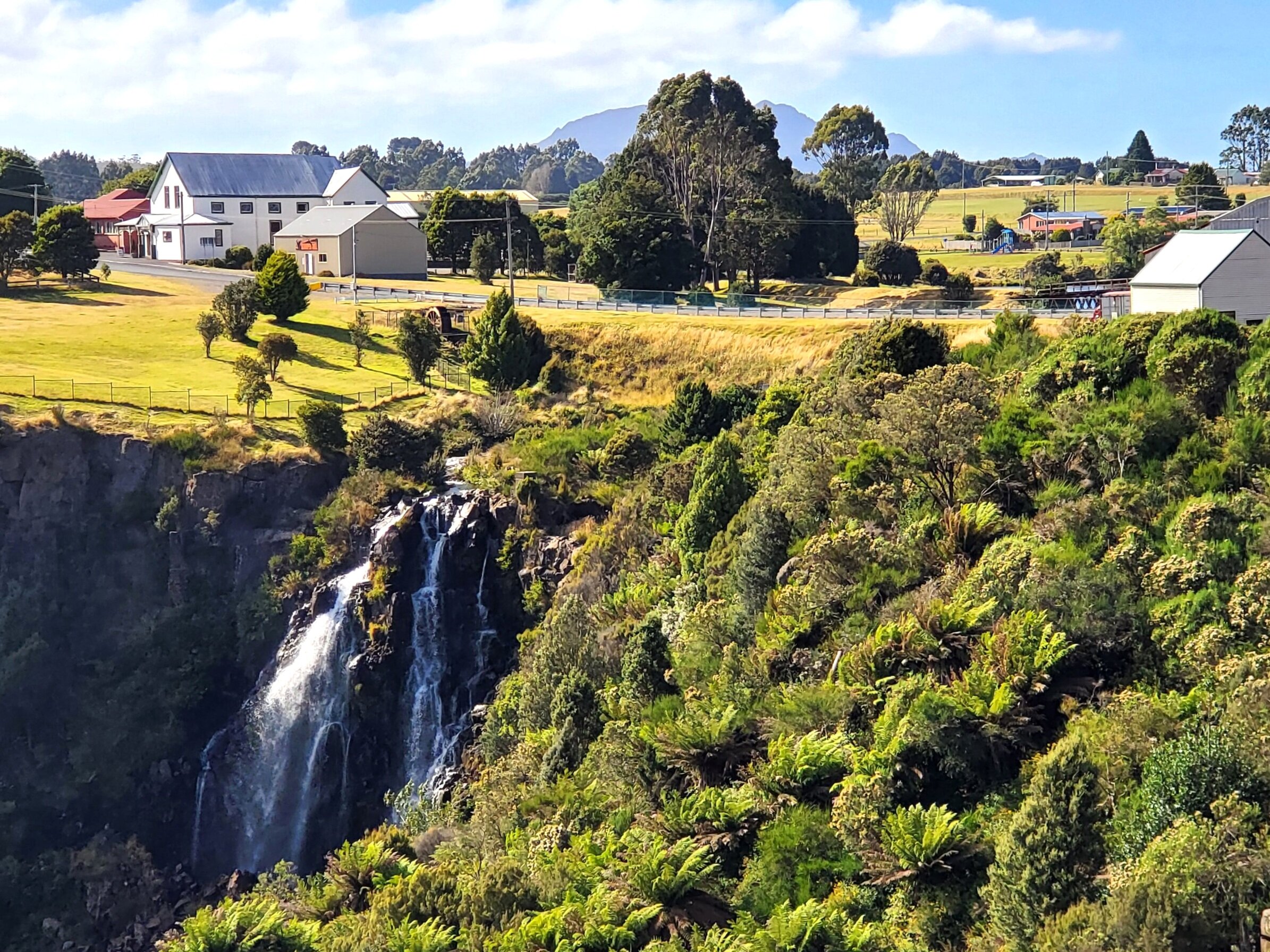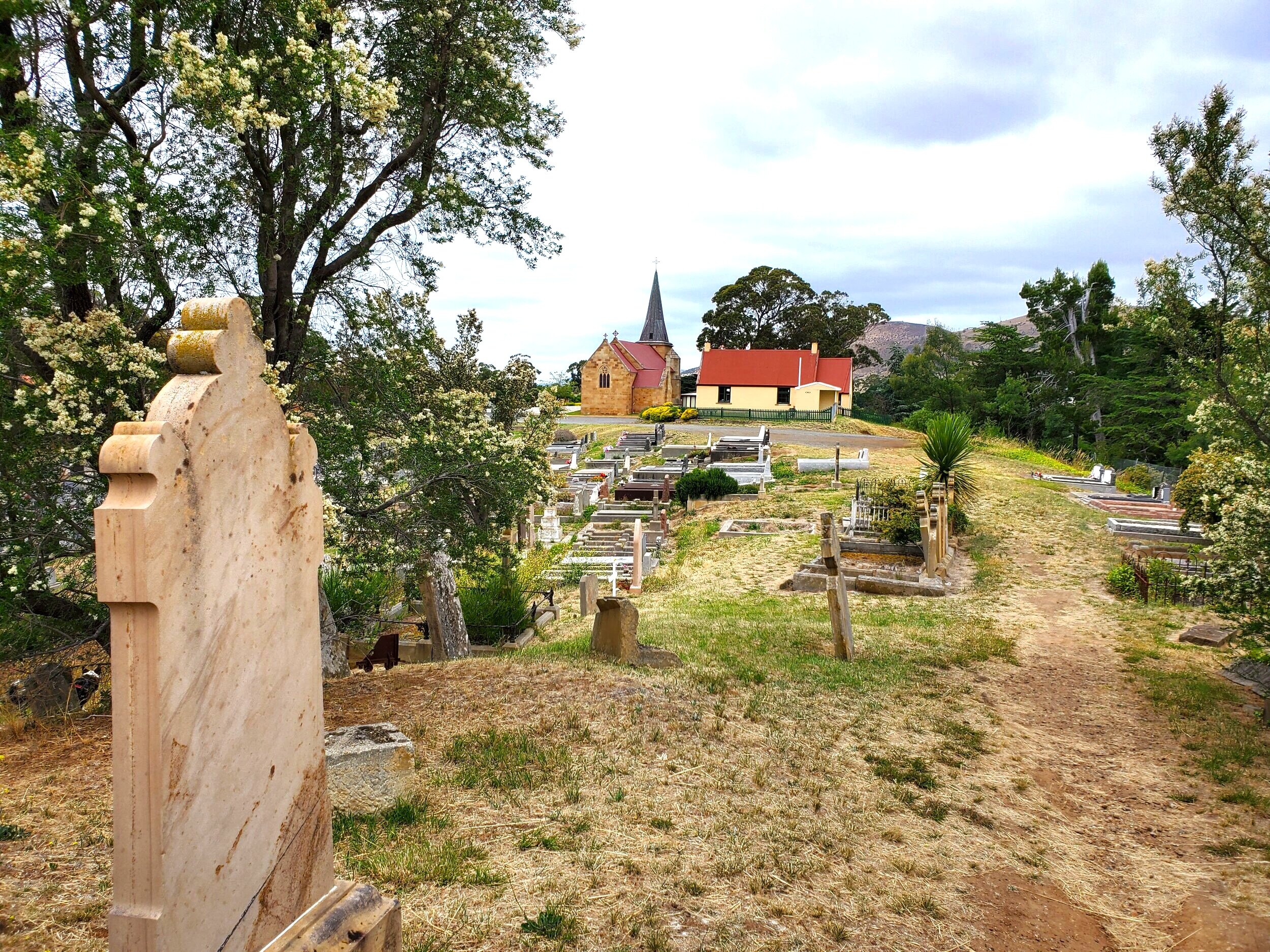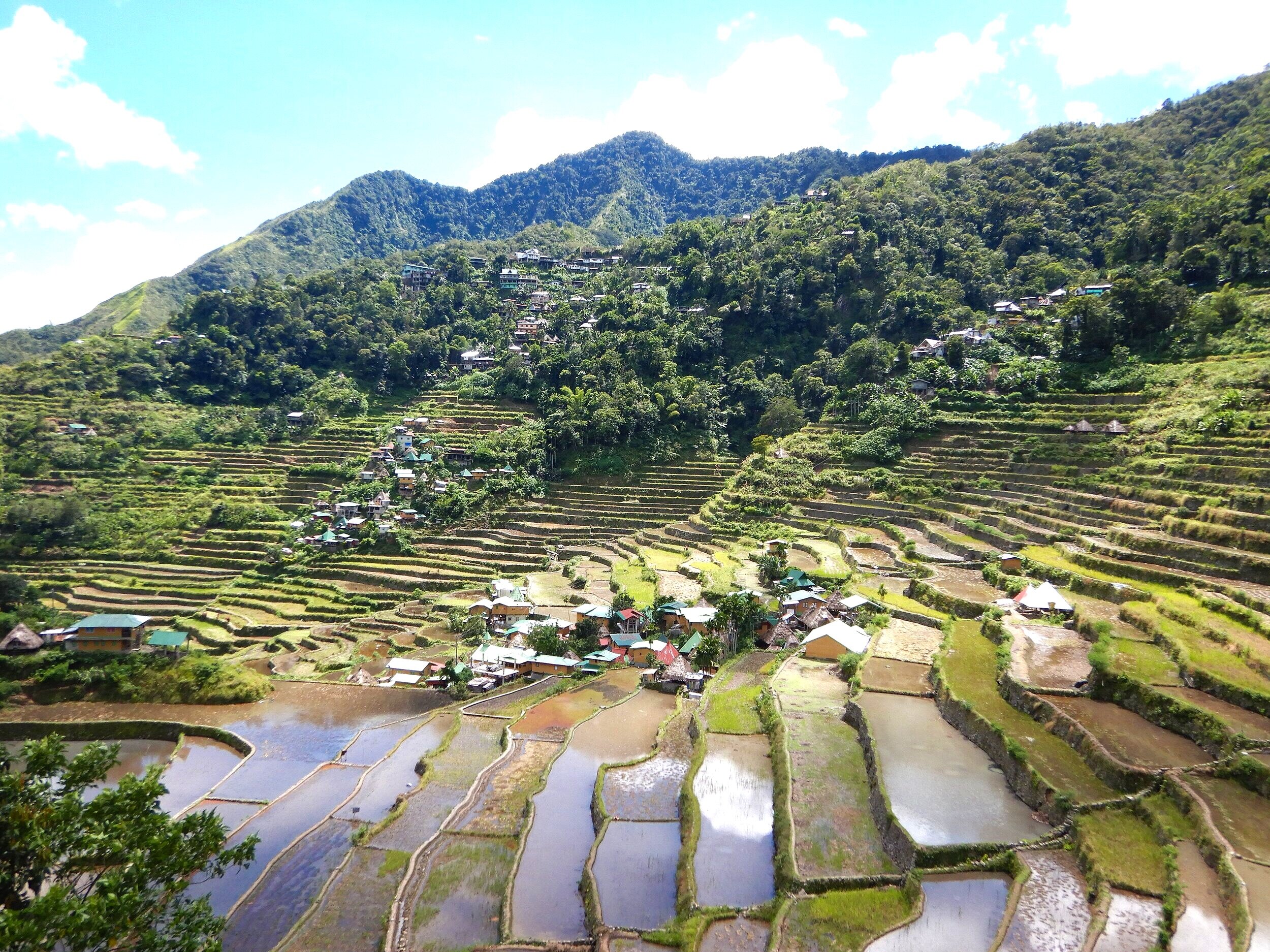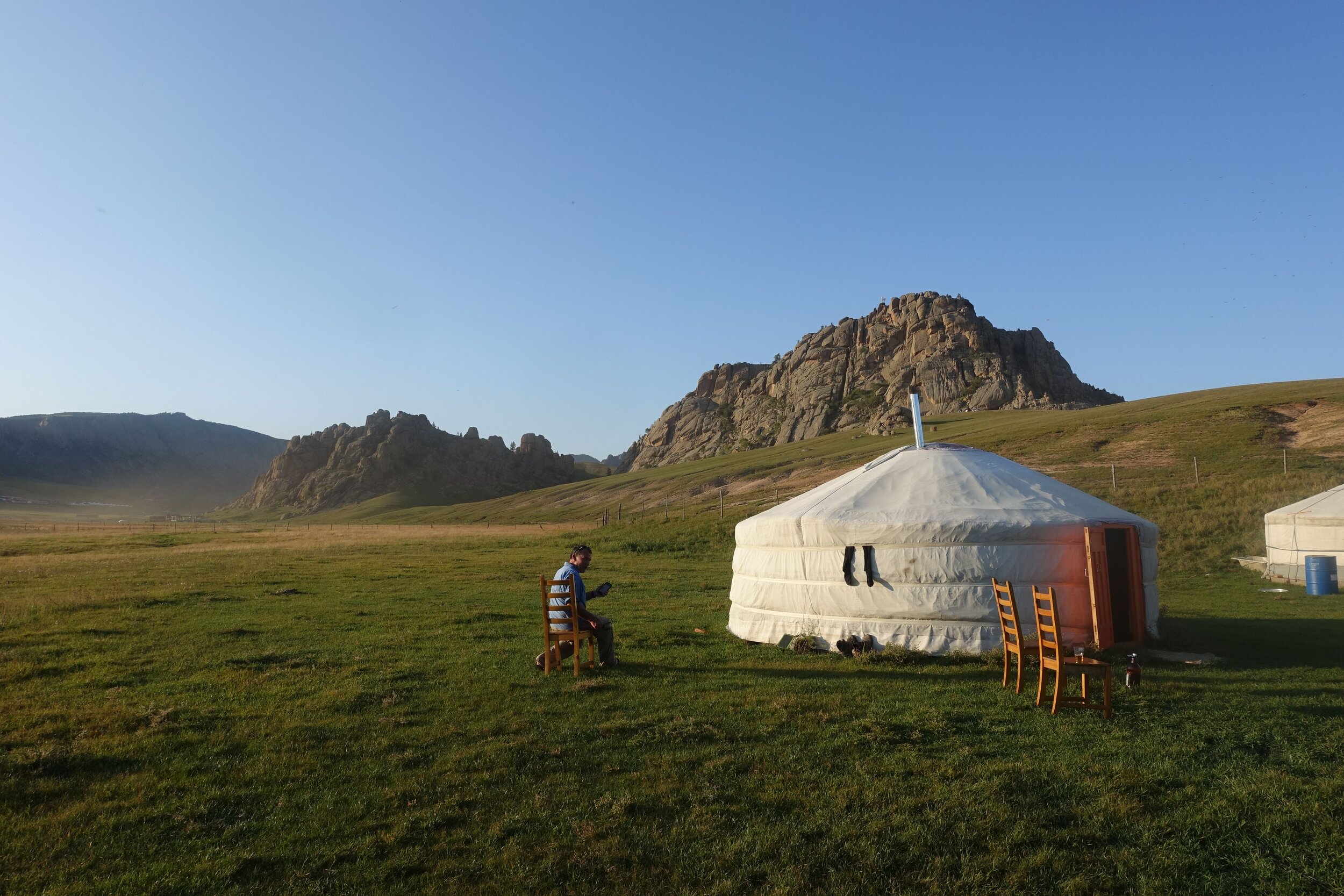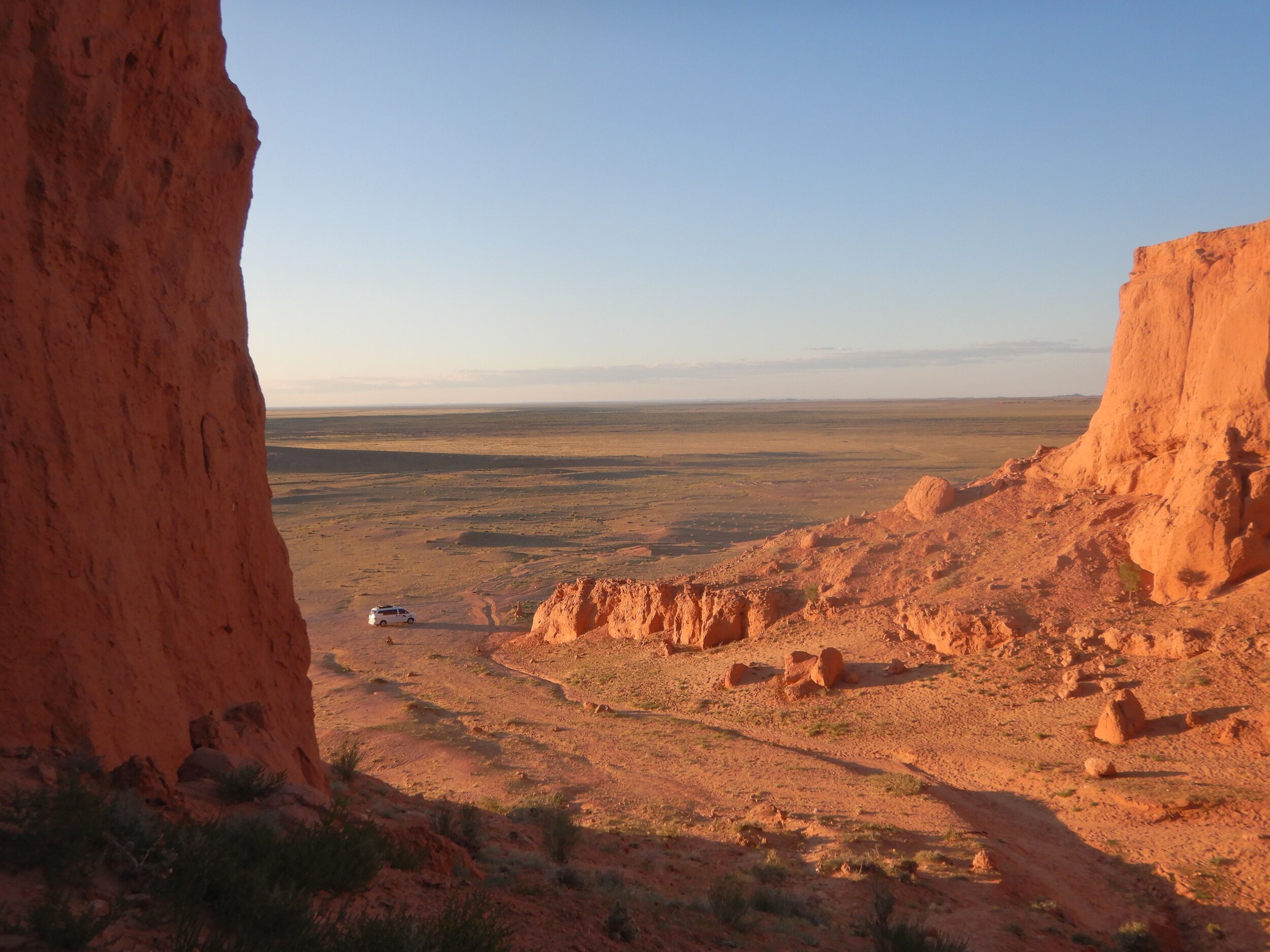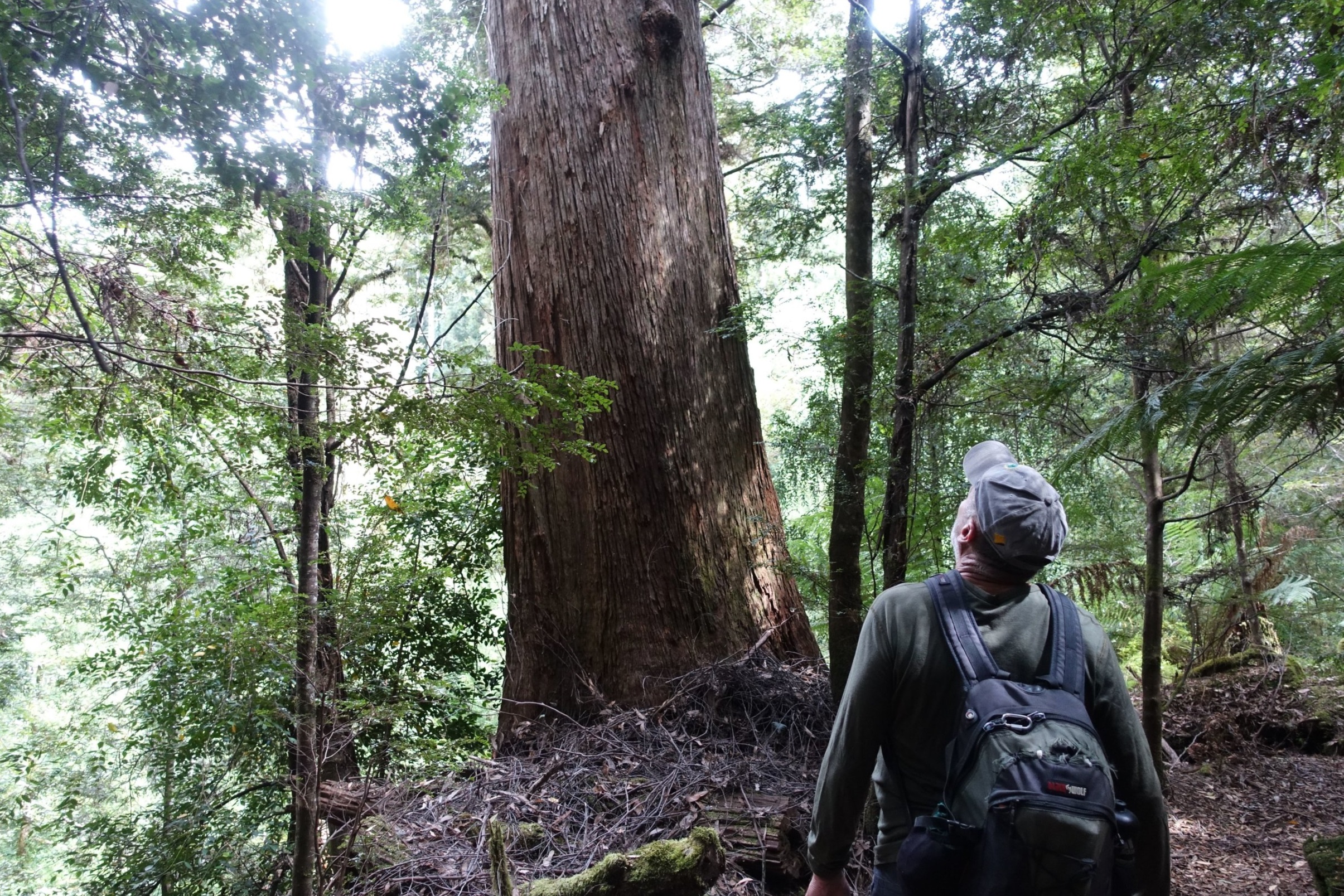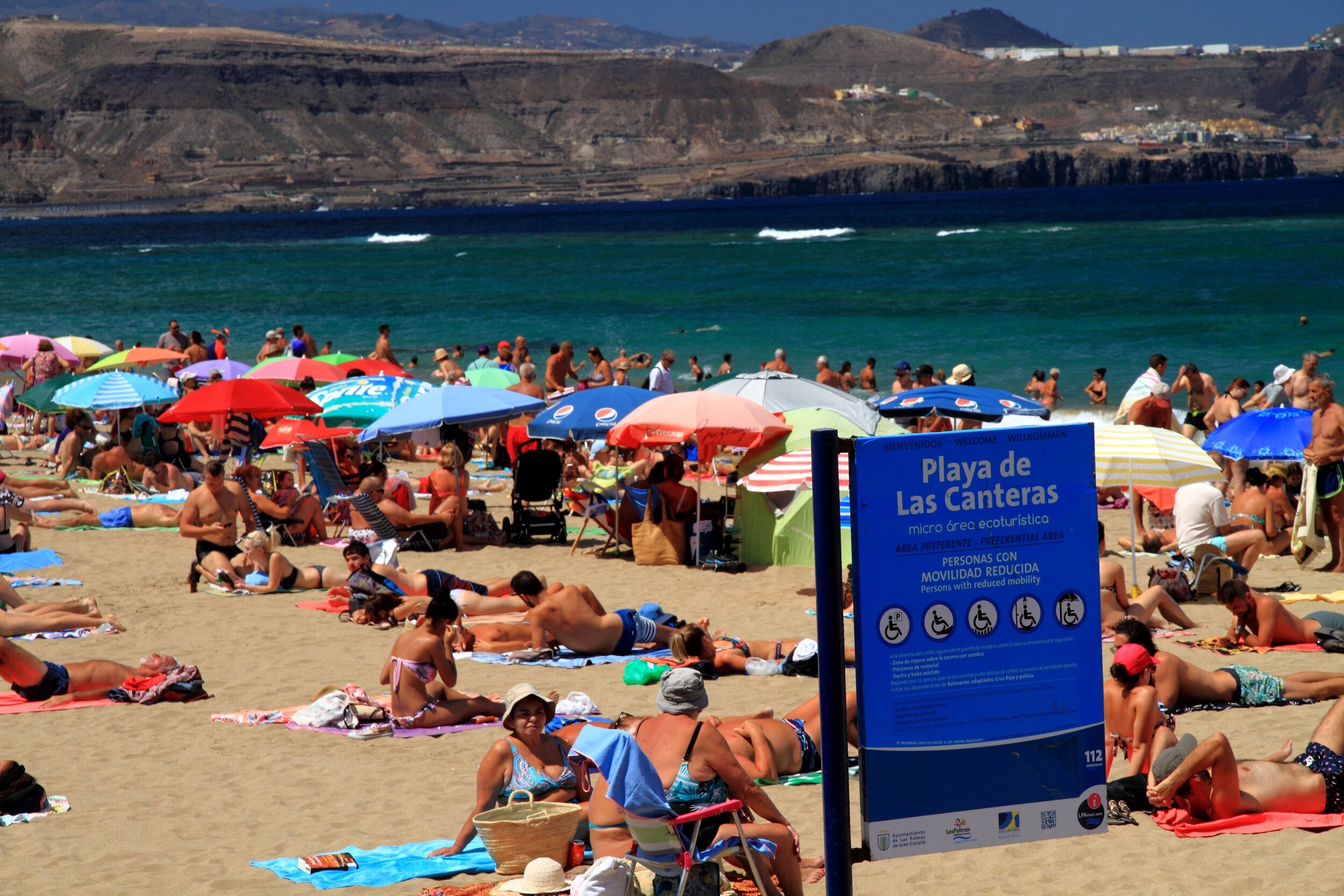A Little Bit of Lao
/Introduction
In February 2023 we did a 10 day trip to the Lao Democratic Peoples Republic (Laos). As it was a relatively short visit, we chose to go to just three locations: Vientiane (the capital), Phonsavan (the home of the evocatively named Plain of Jars), and Luang Prabang (the previous royal capital and UNESCO listed World Heritage city). Our son, Zac, accompanied us as he’d always wanted to see the famed Jars and wasn’t about to let us go there without him.
site 1, plain of jars
Ten days is far too short to do this fascinating and diverse country justice, but if you only have time for a brief stay, here are three places worth including on your itinerary.
Vientiane
First stop was Vientiane. The nation’s capital of around 1 million people sits on the famous Mekong River.
mekong sunset vientiane (yes, that’s the mekong in the distance)
A good way to get your bearings in the city is to do a walking tour, and while there isn’t a huge amount to see, there’s certainly enough to hold your interest for a couple of days.
Presidential Palace and Wat Si Saket
We started by heading to the Presidential Palace. It wasn’t open to visitors, but directly opposite is one of Vientiane’s most important wats (Buddhist temples), Wat Si Saket, which is signposted as Sisaket Museum.
Patuxai
From here we proceeded up the broad boulevard which is Th Lan Xang for around 2 km to the imposing monument known as Patuxai.
Patuxai in the distance
This is Vientiane’s Arc de Triumphe. Its name means Victory Gate and was built to commemorate the Lao people who died in pre-revolutionary wars.
Previously visitors could climb to the top for the city view, but the way up was closed when we were there.
Pha That Luang
Continuing in the same direction for another couple of kilometres we reached Laos’ most important national monument, the Buddhist stupa, Pha That Luang.
There are a number of buildings on the sprawling site.
The star of the show is the eponymous gold stupa.
Behind it is a very photogenic reclining Buddha.
After having a good look around the site we decided to take a tuk tuk back to the town centre as the day was warming up.
Wat Si Muang
Our next stop was Wat Si Muang.
It was a busy Saturday afternoon with many monks and devotees present.
Adjacent to the Wat is Lak Mueang, the city pillar, which is considered to be the home of the city’s guardian spirit.
lak mueang
Lunch Break – Bakery by Boris
Time for lunch so we called into the highly rated Bakery by Boris for a coffee and baguette. Very good.
Black Stupa
Our route back to our hotel took us past That Dam Stupa (Black Stupa), which is said to be inhabited by a seven headed naga (half-man half-serpent god) which tried to protect them from an invasion by the Siamese Army in 1827.
Cocktails and Sunset
We wanted to get a sunset view of the Mekong so wandered down to the riverfront Laodi Rum Bar.
the laodi rum bar, vientiane, sits in front of an abandoned building
It was late in the dry season and the low lying Don Chan island that sits between the city and the river was at its widest, meaning that the river is a bit of a distance away. Nevertheless, we settled back for a cocktail and pleasant sunset viewing.
Phonsavan (Plain of Jars)
The Plain of Jars is actually an area of hundreds of square kilometres, mostly hilly, where over 2500 large stone jars dot the landscape.
Not a lot is known about who built them. They are estimated by archaeologists to date from 500 BCE to 200 CE. What is agreed is that they were used for burial rituals. In essence, the various jar sites are cemetaries.
There are 90 recorded jar sites. Only nine are accessible, with the remainder off limits due to unexploded ordinance (UXO). More on that later.
jars at site 3
The dusty town of Phonsavan, 350 kms north of Vientiane, is the gateway to the Jars. We took a short plane trip there to avoid a tortuous 8 – 10 hour bus ride.
phonsavan morning rush hour
Our guide for the Jars was Kong of Kong Keo Guesthouse, where we stayed during our visit. Kong has been guiding people around the Jars’ sites for over 25 years. He is extremely knowledgeable with excellent English. We couldn’t have asked for a better guide.
our guide, Kong gave us great insights into what is known about the jars.
There are three main sites that most tourists visit on a Jars’ viewing day (Sites 1,2 and 3). Prior to visiting the first site we started our tour at the local Tourist Information Centre (TIC).
tic
Here Kong explained to us about what the Lao people refer to as the Secret War. This was a war waged by the US military from ‘64 to ’73 where they saturation bombed parts of the country killing thousands and leaving the land covered in UXO, which continues to regularly maim and kill people. This was all during the Vietnam War when Laos was supposed to be a neutral country.
The TIC had exhibits about the war, including a map showing where the bombing raids had taken place.
In the south of Laos, the reason given for the bombings by the US was to disrupt the Ho Chi Minh Trail, which was supplying the North Vietnamese. But the area around the Plain of Jars in the north is nowhere near the HCM Trail. Here the bombing was aimed at obliterating the Pathet Lao, the communist forces who were opposing the incumbent Royalist government.
decomissioned bombs
At the rear of the TIC were displays of decommissioned bombs and other weapons.
Including the particularly insidious cluster bombs.
kong exlaining about the cluster bombs. We were horrified to learn that they were manufactured in Australia. WE HAD NO IDEA.
No visit to the Plain of Jars can be fully appreciated without some understanding of the Secret War and its legacy of UXO that the people continue to deal with.
If you want to know more about the Secret War, click here.
From the TIC we did the short drive to Site 1, which is also home to the Plain of Jars Visitors Centre.
Site 1 has over 300 jars.
Bomb craters are also all too obvious across the site.
bomb crater clearly visible on left of shot
The biggest jar, Hai Jeuam is 2.5 m high and weighs 25 tonnes.
hai jueam on the left
We visited a cave on the site where Lao people had taken refuge during the war.
Local people leave votive offerings in the cave.
From here we headed up the hill to see some more jars.
Kong explained how archaeologists had found the remains of many people buried around the outside of the base of the jars, but little had been found inside the jars, hence strong evidence that different groups, possibly families, had their own jars, and buried successive generations around their jar.
The jars all have different features, such as the way the lips are carved, indicating different techniques and styles that evolved over time.
Having had a good look around Site 1 we took a lunch break at a local restaurant.
We then drove to Site 3. The jars at Site 1 are considered the oldest, followed by Site 3 with Site 2 the most recent, hence the sequence Kong followed.
Our path to the jars took us through a dry rice paddy.
After heading up hill the jars appeared scattered amongst a small forest.
Quite a different feel to Site 1.
Kong pointed out some of the features that differed from Site 1.
Our last stop was Site 2. A recently erected joint US – Lao flagged plinth greeted our arrival.
We walked to two hilltop locations to examine the jars.
As the day drew to a close, we returned to Phonsavan, thoroughly pleased with our day’s tour.
A short post like this cannot possibly do justice to the Jars or the Secret War. For more info on the Jars click here.
gotta love a jars selfie
What we would say is that, if you are lucky enough to visit the Plain of Jars, having a good guide, such as Kong, is highly beneficial for getting the most out of the experience. We also found Kong Keo Guesthouse very comfortable and reasonably priced. Click here for more information.
Next day, before leaving Phonsavan, we visited the UXO Information Centre run by MAG, Mines Advisory Group.
MAG has been working for decades to clear UXO in Laos and many other countries. Most of the mine clearance workers in Laos are trained local women. Click here for more information about the important work of MAG.
Luang Prabang
The UNESCO World Heritage town of Luang Prabang sits at the confluence of the Mekong and Nam Khan (Khan River). A walkable tongue-shaped peninsula leading to the rivers’ junction contains the heart of the old city, where most places of interest are to be found. Here you’ll find gilded wats, the Royal Palace (now a museum), colonial French architecture, and the bustling night market.
french colonial architecture, luang prabang
We started our stay in Luang Prabang with a self-guided walk to orientate ourselves.
Phu Si
Phu Si is a 100m tall hill, the summit of which overlooks the city and the rivers.
view from part way up phu si
It’s a solid 329 steps to get to the top.
Where sits the gold stupa of That Chomsi.
zac inside that chomsi
There are some great views of the town below on clear days.
It costs 20,000 kip (roughly $Aus2) to go to the top.
tuesday buddha, phu si. not sure what he does on other days of the week.
Bamboo Bridges
Two bamboo bridges cross the Nam Khan.
They’re very photogenic.
And each costs 10,000 kip to cross.
Mekong Stroll
A stroll along the riverside thoroughfare of Th Khem Khong provides excellent elevated views of the Mekong River.
monks enjoying the ambience
The many restaurants and cafes offer plenty of options for sitting and taking in the ambience while enjoying a beverage.
This is a particularly popular activity at sunset.
Wats
A number of elaborate wats are found on the peninsula, with Wat Xieng Thong being the most impressive.
not wat xieng thong, a different wat DOWNTOWN.
Royal Palace
This former Royal Palace was built in 1904 and was home to King Sisavang Vong. His successor was his son who was in power when the Pathet Lao took control of the country in 1975. Hence, the palace is now a museum.
TAEC
The Traditional Arts and Ethnology Centre is a small museum showcasing Northern Lao’s hilltribe cultures.
They also have a shop in town selling handcrafts with funds going to the tribal producers.
Night Market
The night market sets up every evening and has all the souvenir possibilities any tourist could ask for.
Other Activities
Our stay in Luang Prabang was only three days so we just had time for couple of other activities. Our two favourites were: Tat Kuang Si and a Lao cuisine cooking course.
Tat Kuang Si and Kuang Si Rescue Centre
Tat Kuang Si is a multi-tiered waterfall 30kms southwest of the city.
On arriving at the ticket office (25,000 kip pp) electric minibuses take you up the hill to the falls entrance.
A cluster of food and souvenir vendors greet you as you alight from the buses.
Just inside the falls’ entrance is the Kuang Si Rescue Centre where wild Asiatic moon bears are being rehabilitated after having been rescued from poachers.
Click here if you want to know more about this worthwhile charity.
a pleasant WALK THROUGH forest to get to the falls
The falls are well worth the effort to get here and price of admission.
We made our way to the top which is above the highest level of the falls.
Zac decided to cool off here.
After returning to the lower levels, we all decided it was time for a dip.
It was busy but manageable at Tat Kuang Si, as we’d gone in the morning, but it was shaping up to be super busy and very crowded by the mid-afternoon. If you can, go in the morning.
Tamarind Restaurant Cooking Lesson
Zac and I signed up for an evening cooking lesson with Tamarind Restaurant. The lesson was conducted in a pavilion beside a small lake 20 minutes’ drive from Luang Prabang.
There were nine of us in the class.
We learned to cook five dishes: a dipping sauce, three mains and a dessert. Typical ingredients used in Lao cuisine include lemon grass, garlic, coriander, kaffir lime leaves, shallots, fish sauce, and, of course, chillis.
We were also shown the process for making the sticky rice that Lao people love to eat with most meals.
It was very well run and a pleasant and informative evening. Highly recommended. Click here if you want to know more.
What Else?
Boat cruises on the Mekong are understandably popular, with the sunset cruise of particular note. Touts abound. The Pak Ou Caves is another well patronised day trip, but alas we ran out of time. There are also options for zip-lining, ropes course, and other outdoor energetic pursuits, as well as innumerable restaurants and cafes.
monk cruising the night market
These are just a few possibilities for things to do in Luang Prabang. For more detailed information click here.
Conclusion
Our short stay in Laos was very enjoyable. The Lao people were friendly, and it was an easy place to travel as independent travellers.
Luang Prabang is very much geared to foreign tourists, which can be a mixed blessing. We were surprised at how busy it was, with a real feeling that foreigners outnumbered locals in the old city.
While this post is far from being a comprehensive guide to the three locations we visited, hopefully it gives you a taste of what Laos has to offer, and you’ll add it to your future trips list if it isn’t there already.
If you’d like to know more about visiting the Lao PDR click here to access the official Tourismlaos site.
